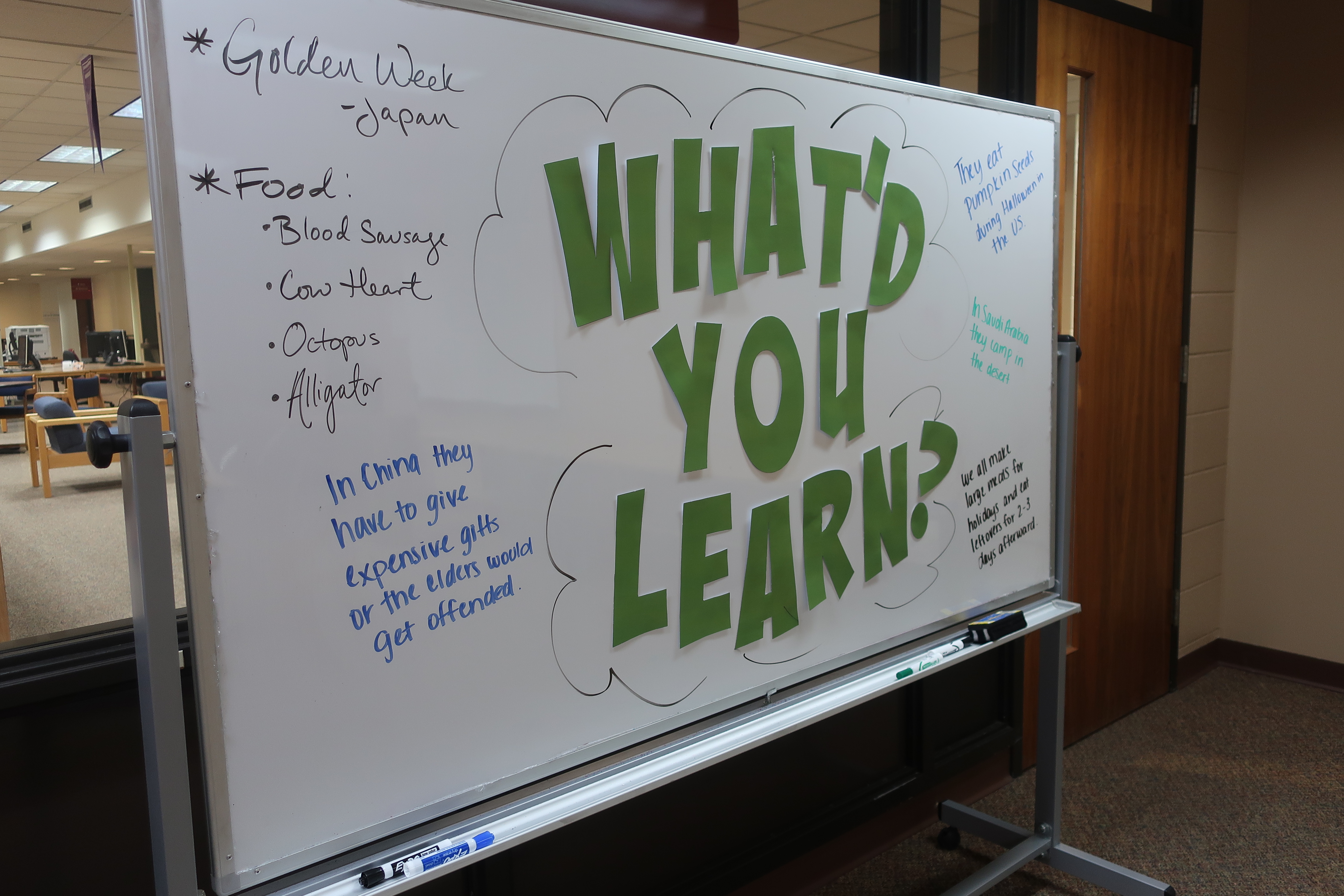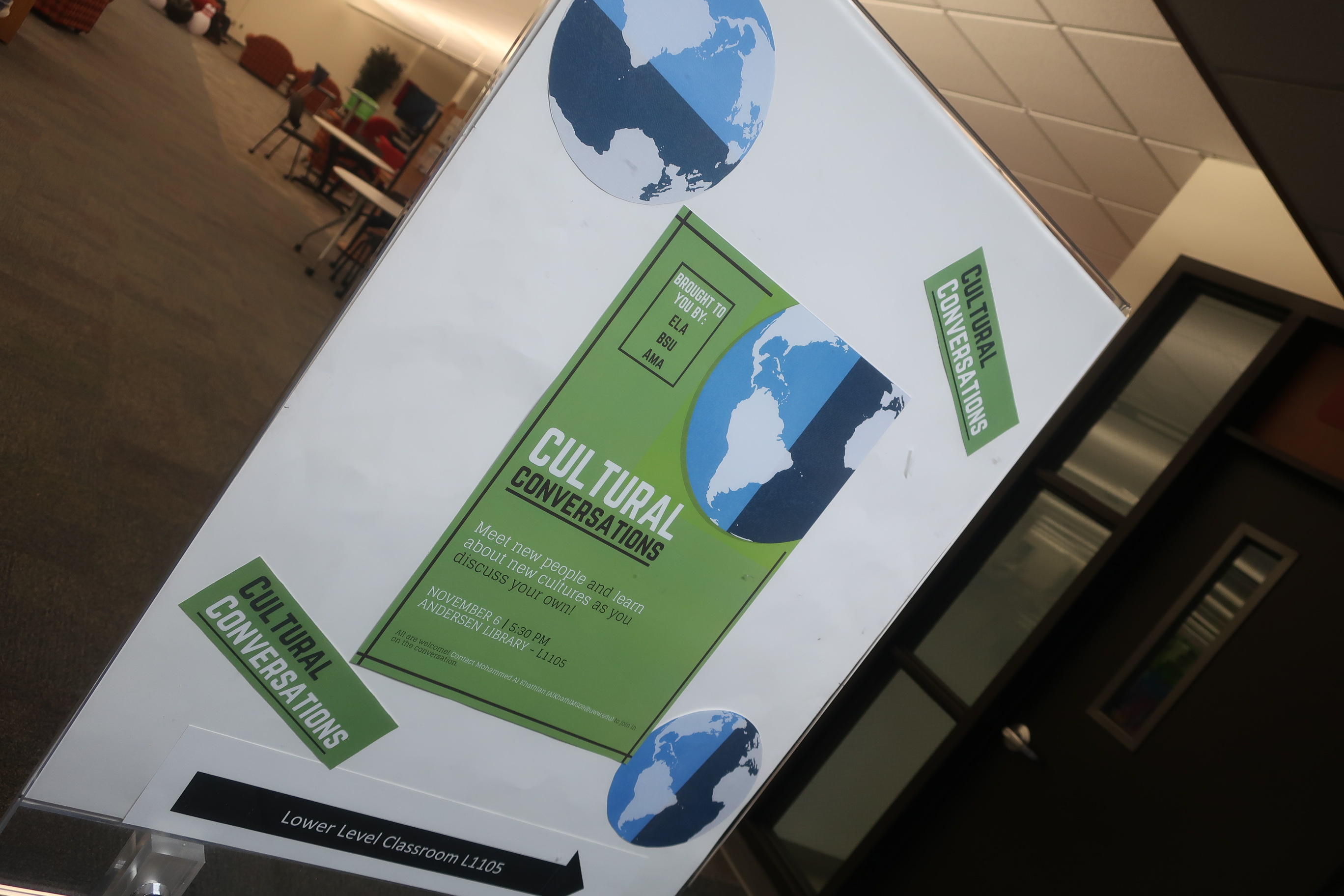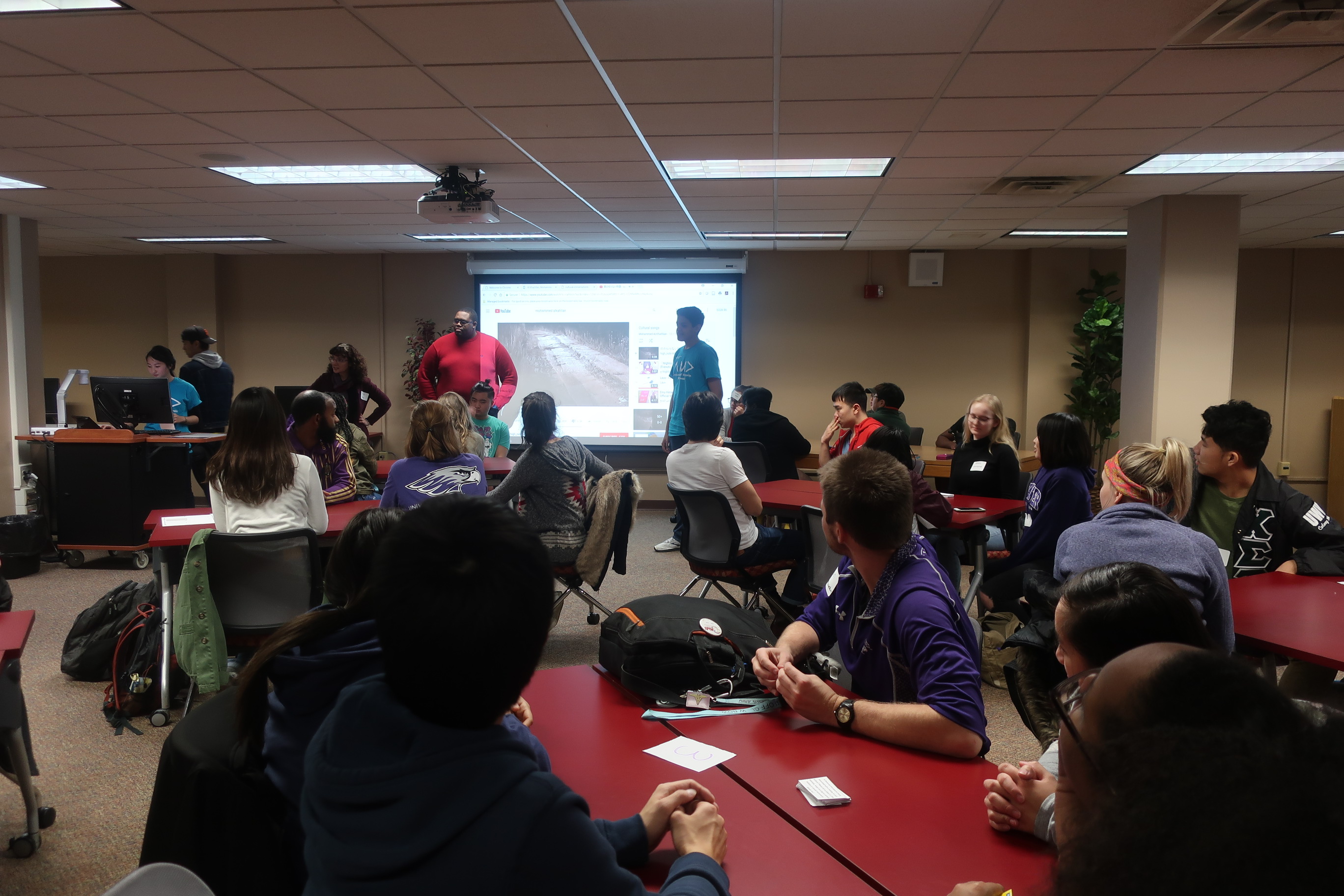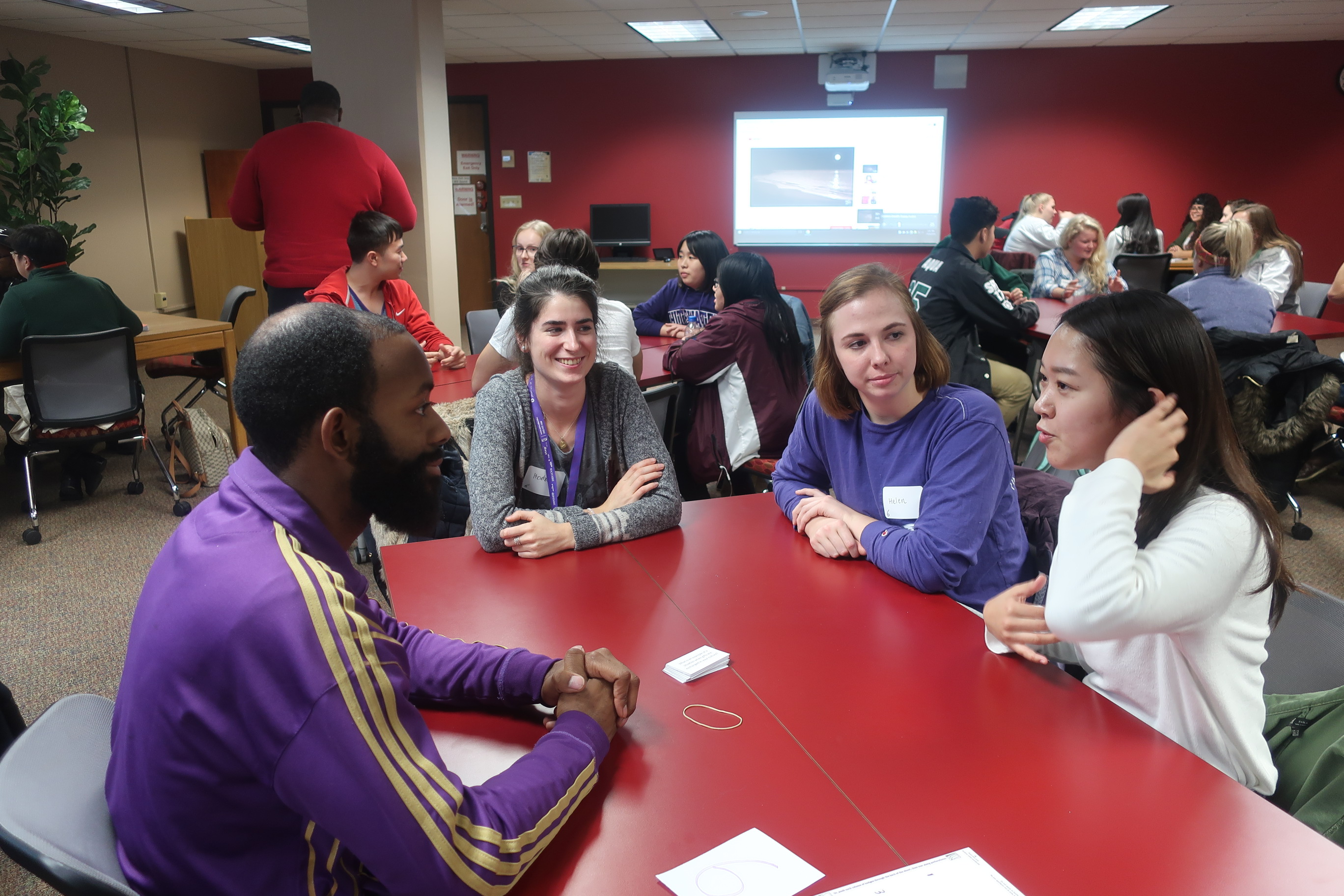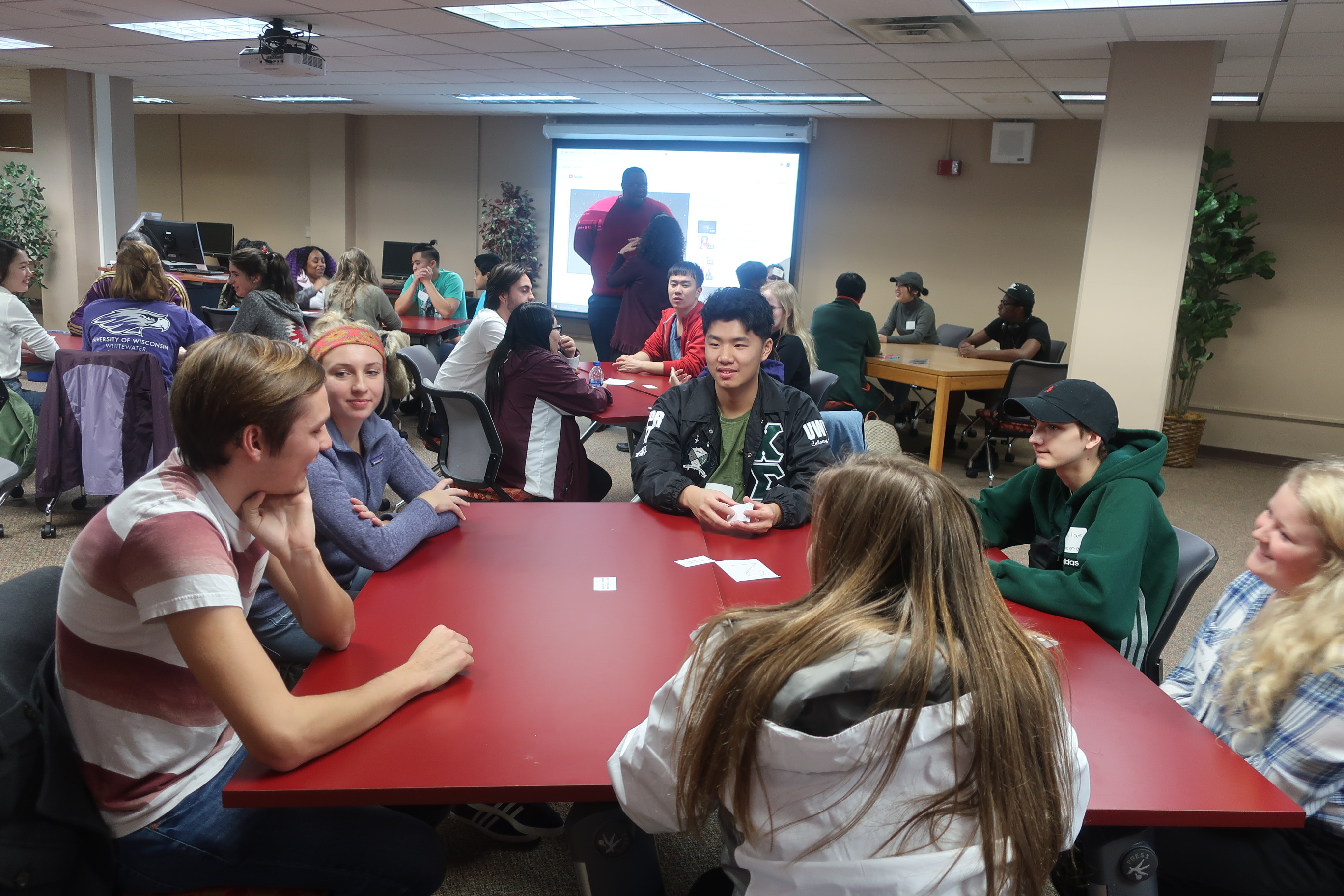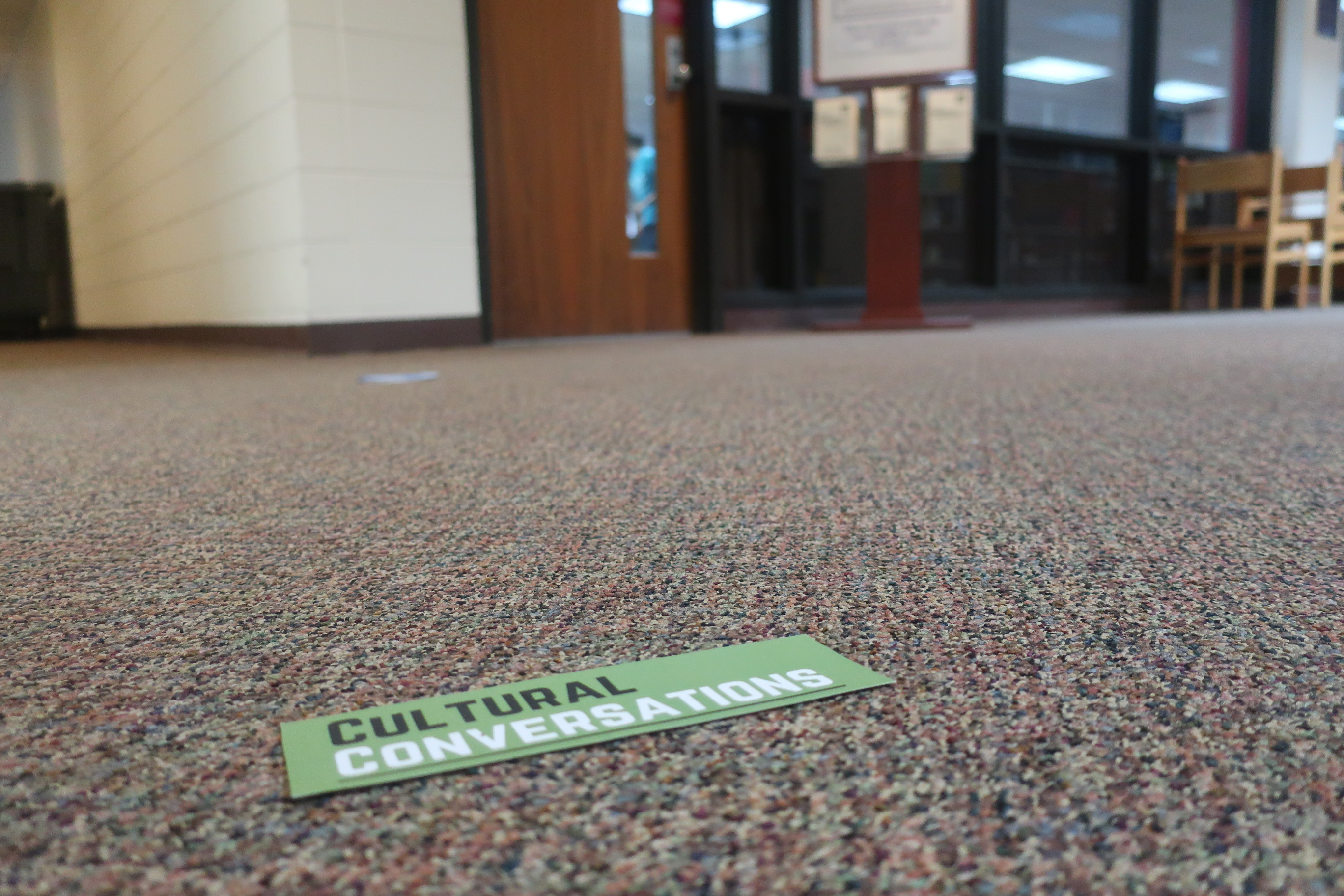The birds are chirping, people are outside in the park, laughter is heard all over campus… The last few weeks of the Spring Semester are upon us. Although all of those traits of university life sound perfect, you have hours on hours of studying to do. Let us tell you how we can help.
With the busiest time of the semester looming, Andersen Library is here to relax you! We are happy to announce Relaxathon will be carried out from May 1st to the 20th. Similar to last semester, there will be a load of events and games for you to enjoy on the second floor of Andersen. Relaxathon is a perfect way to take a study break and ease your mind before you ace your finals. With FREE coffee, tea, and popcorn starting after 9pm every night, come join us at Andersen with our EXTENDED HOURS!
Whether it be the increased Pet Therapy, UCHS’ Relax Snax, Paint N’ Chill, Life Sized Games, and many more. For more information on Relaxathon head over to http://library.uww.edu/about-us/news-events. Come to one, come to all! Andersen Library is the place for you to study first and foremost, but we also are there for you on your study breaks as well!
Check out a few photos from Fall Semester’s Relaxathon event below!
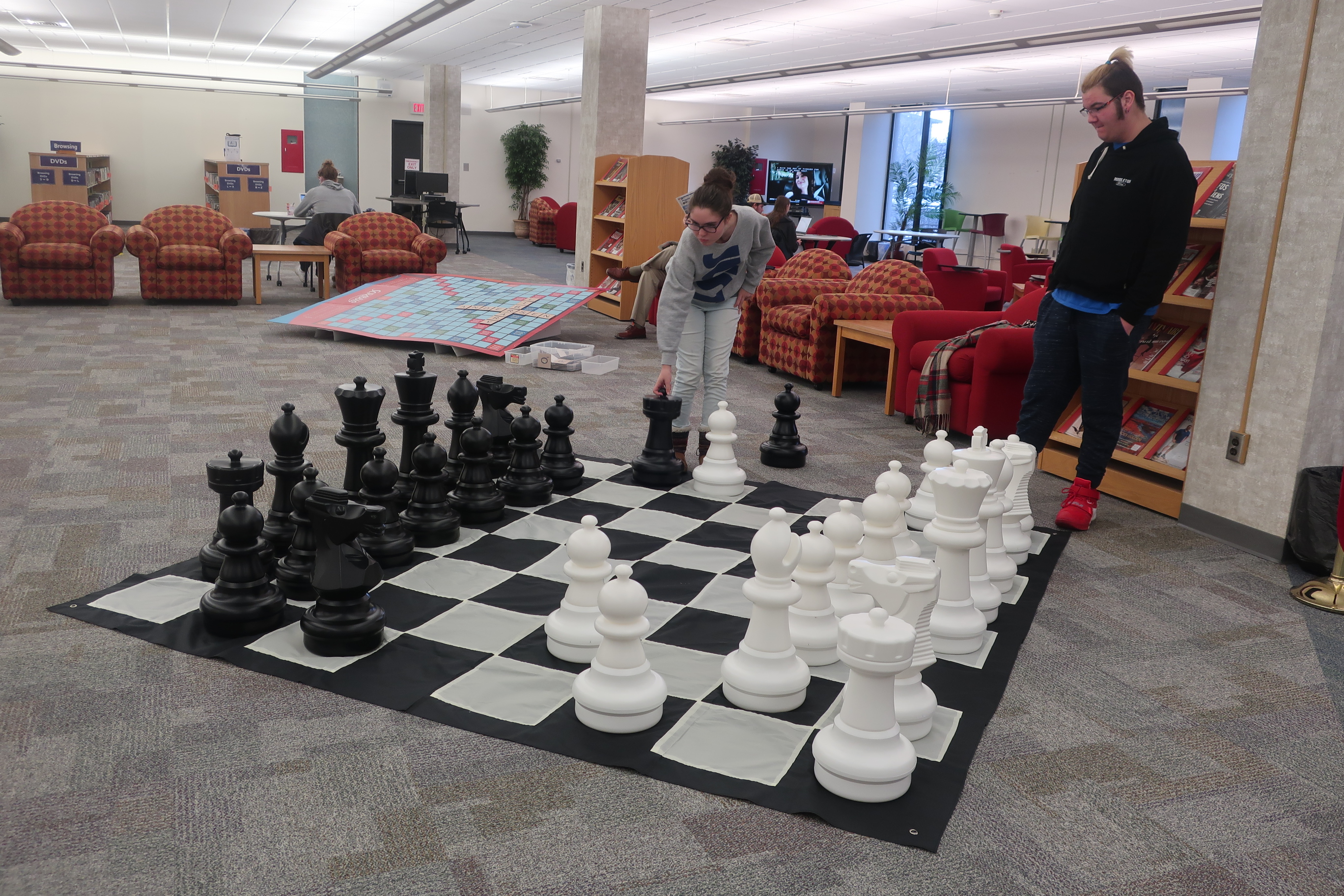


.JPG)
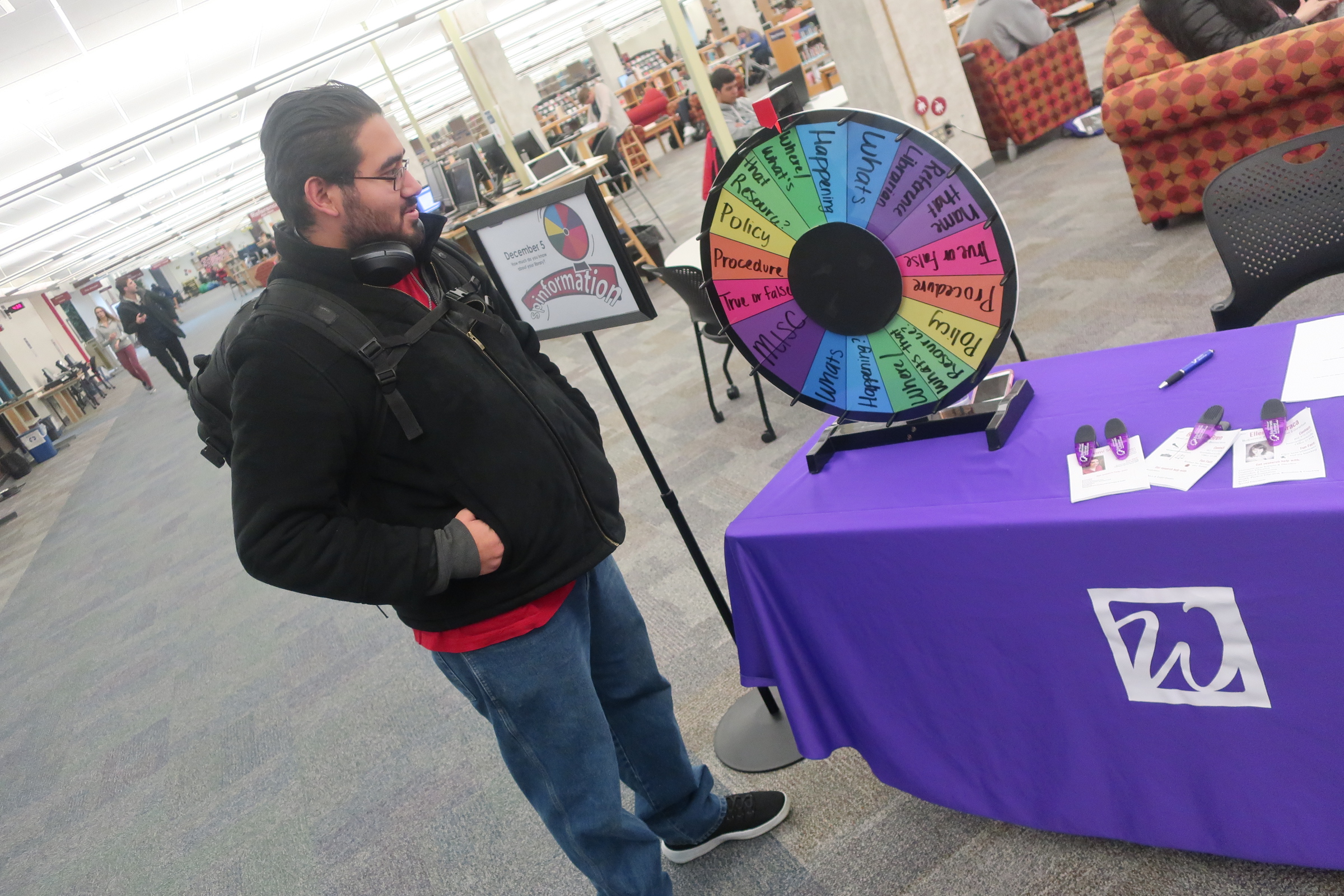
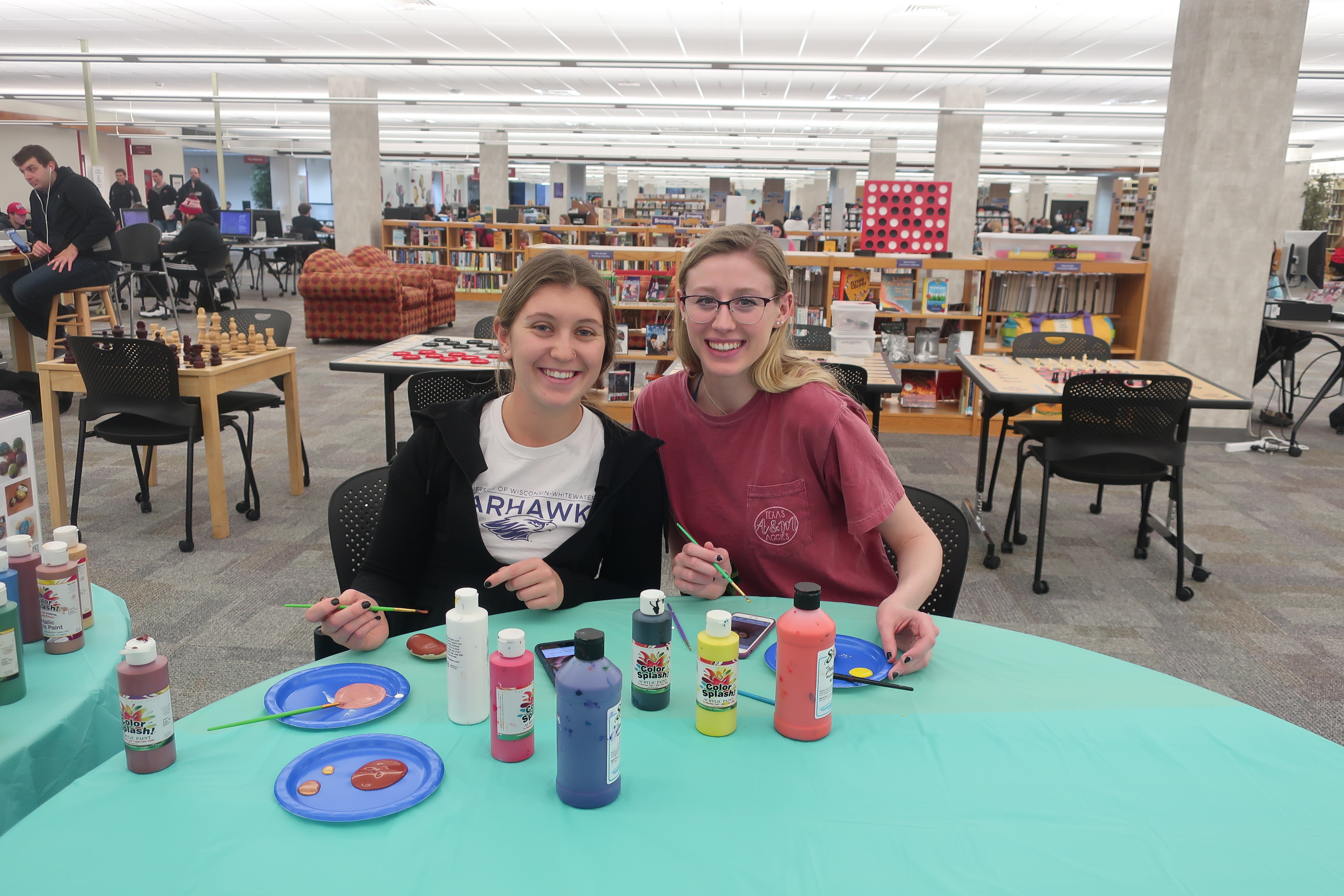
.JPG)
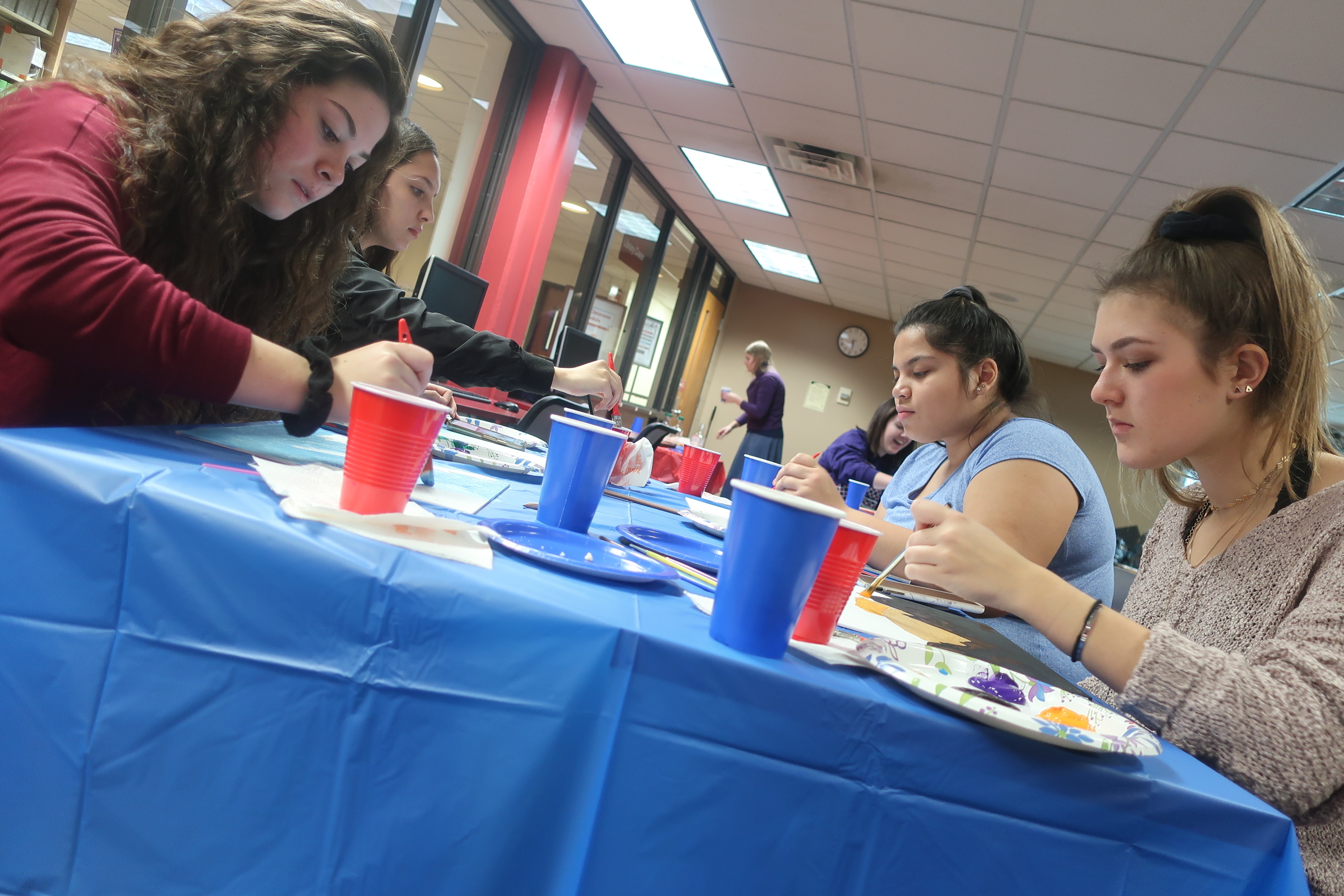
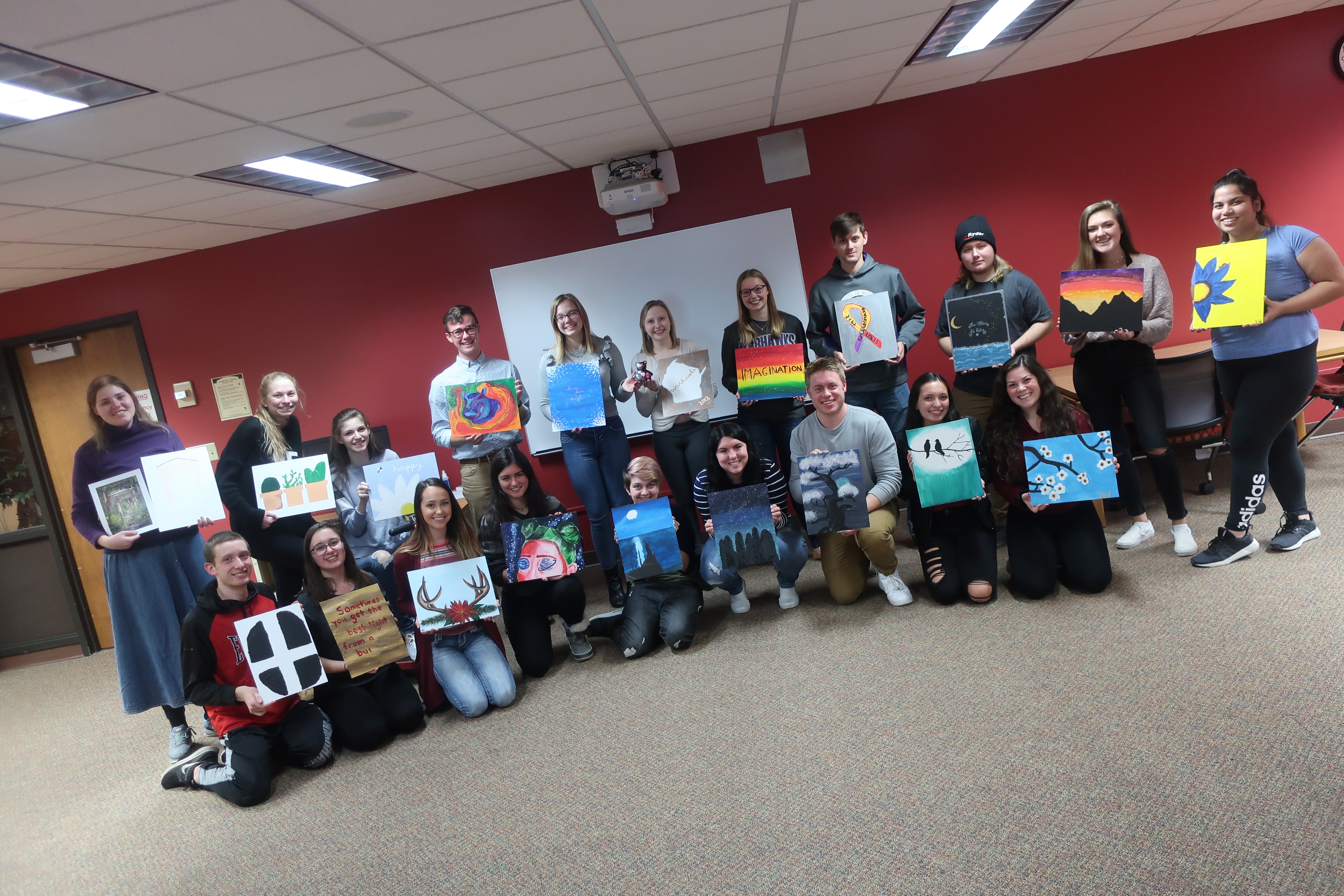
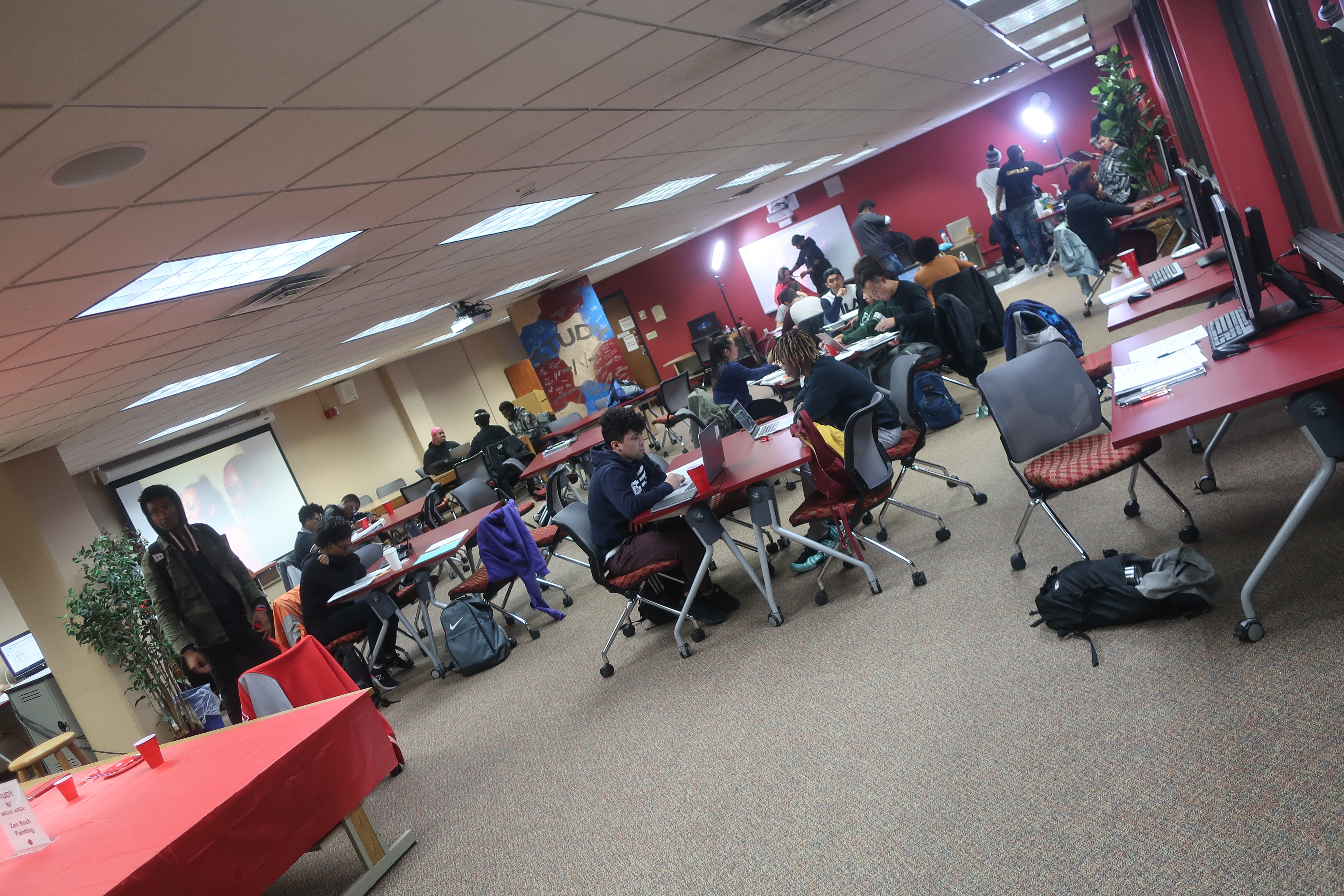
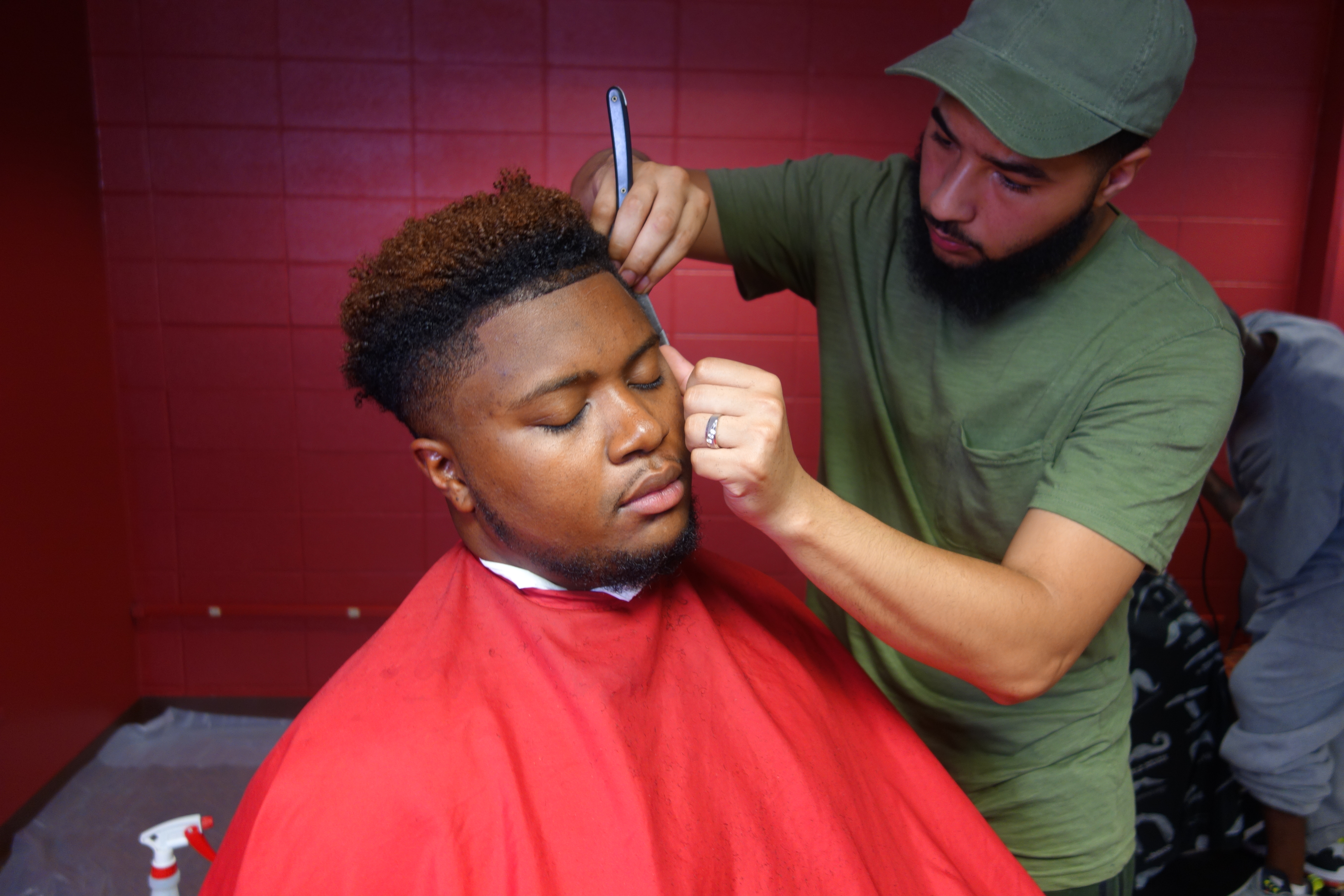

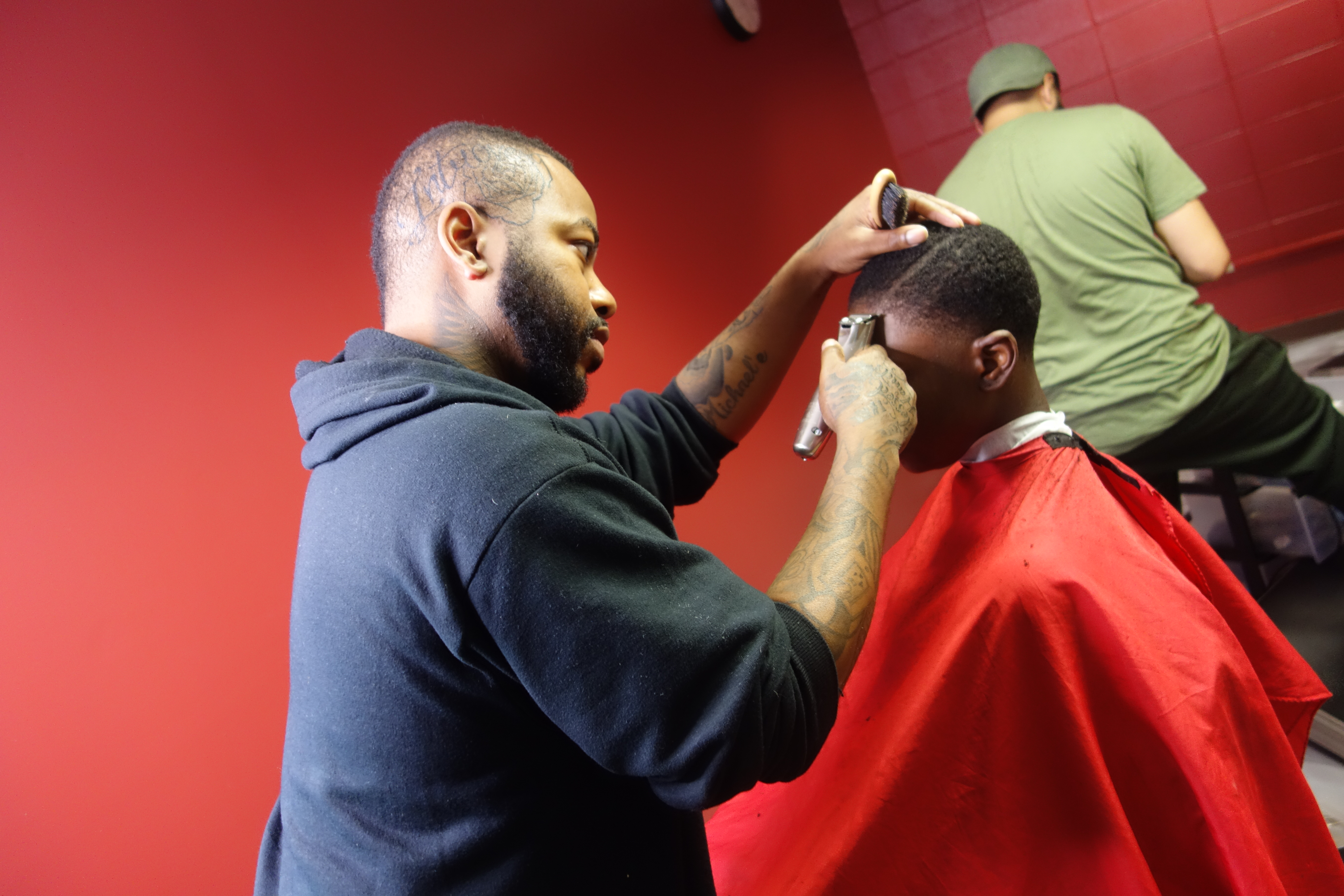

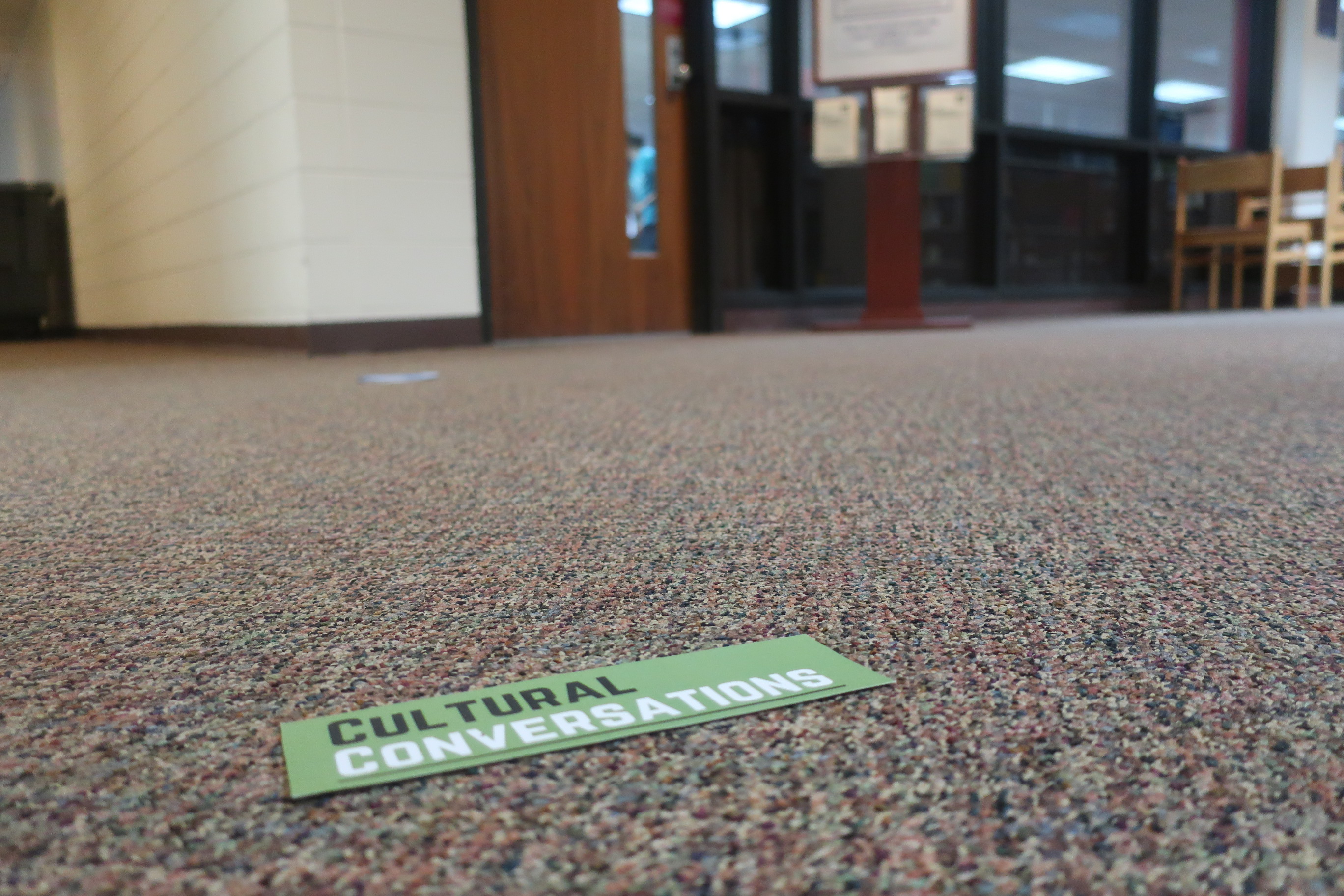
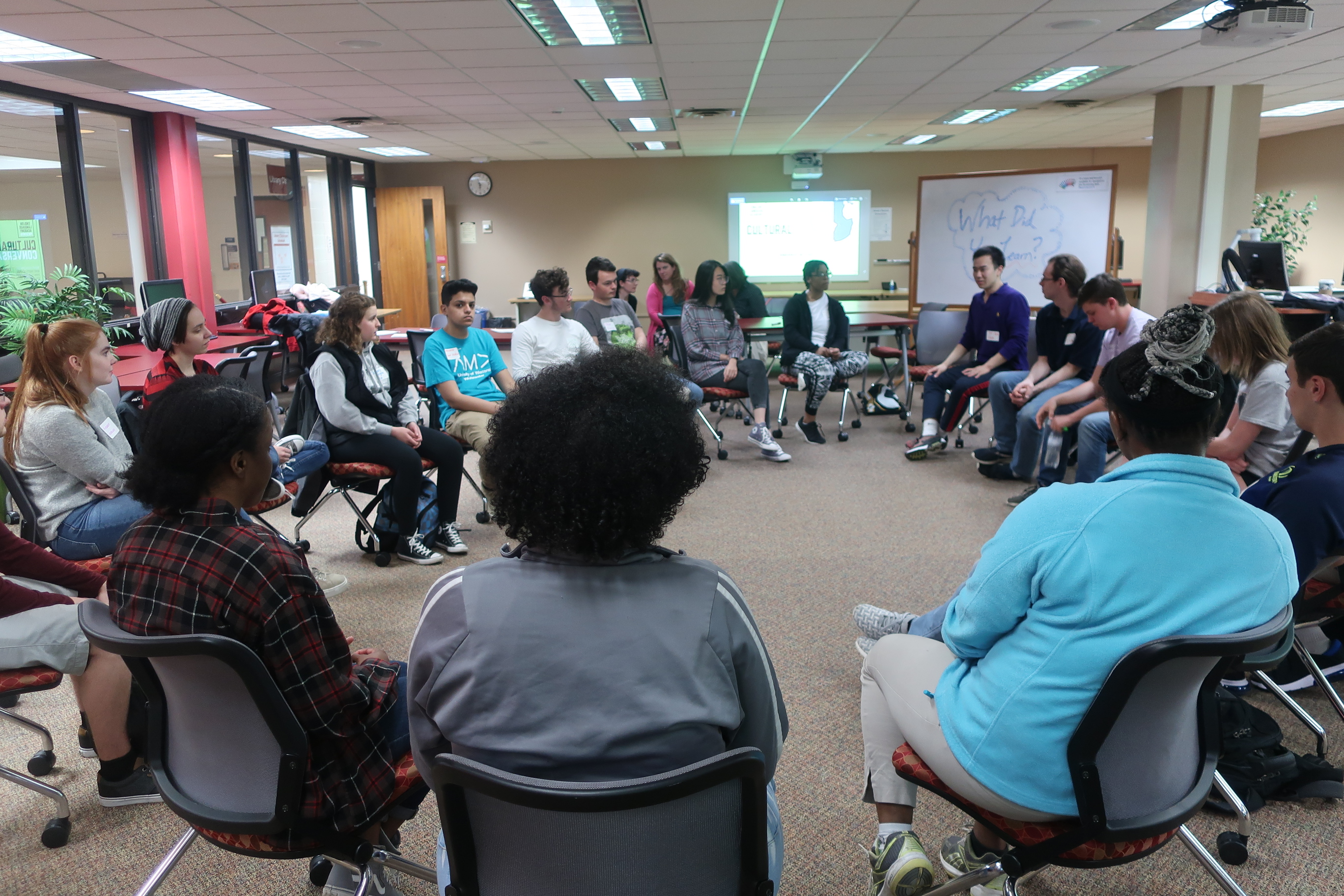
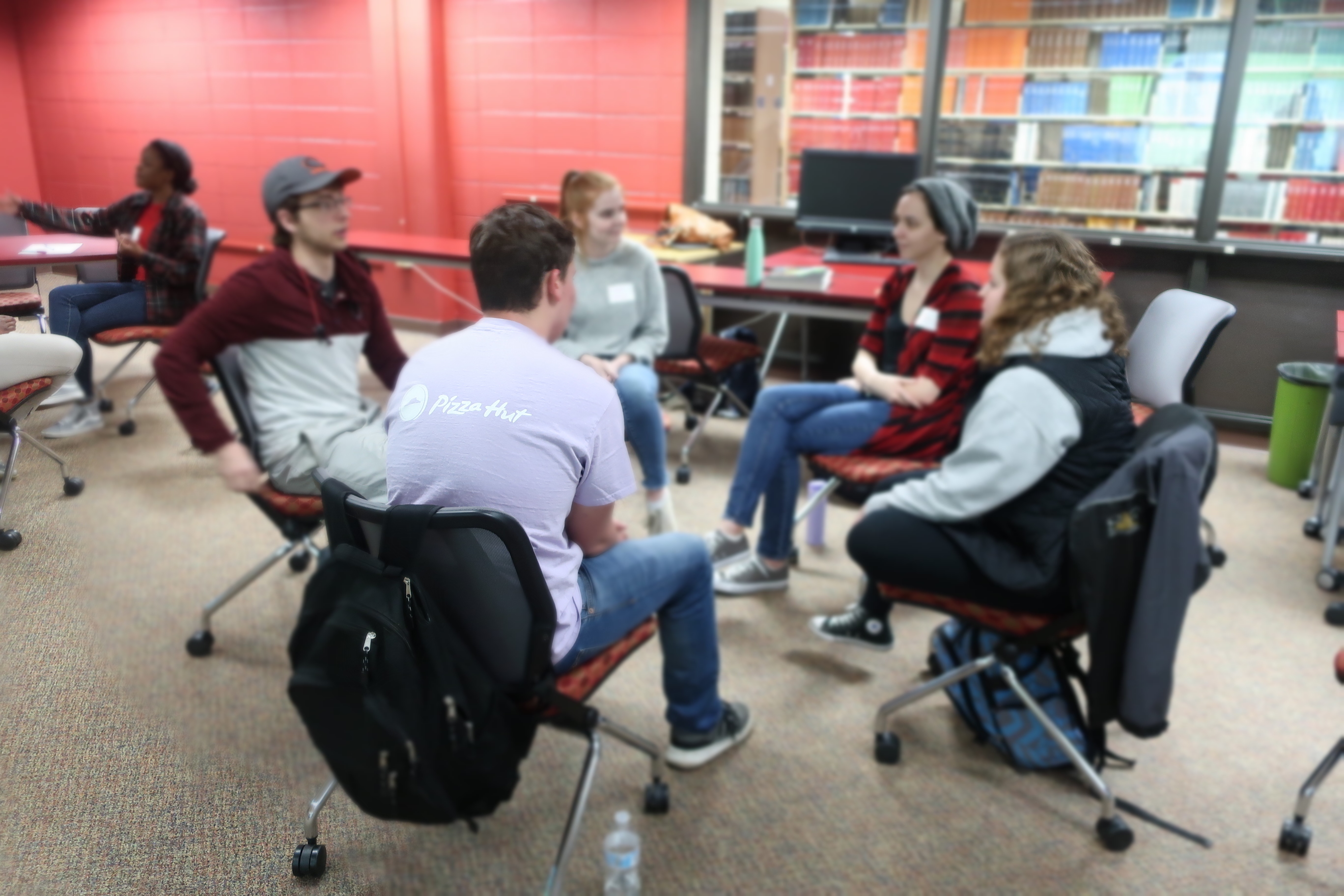
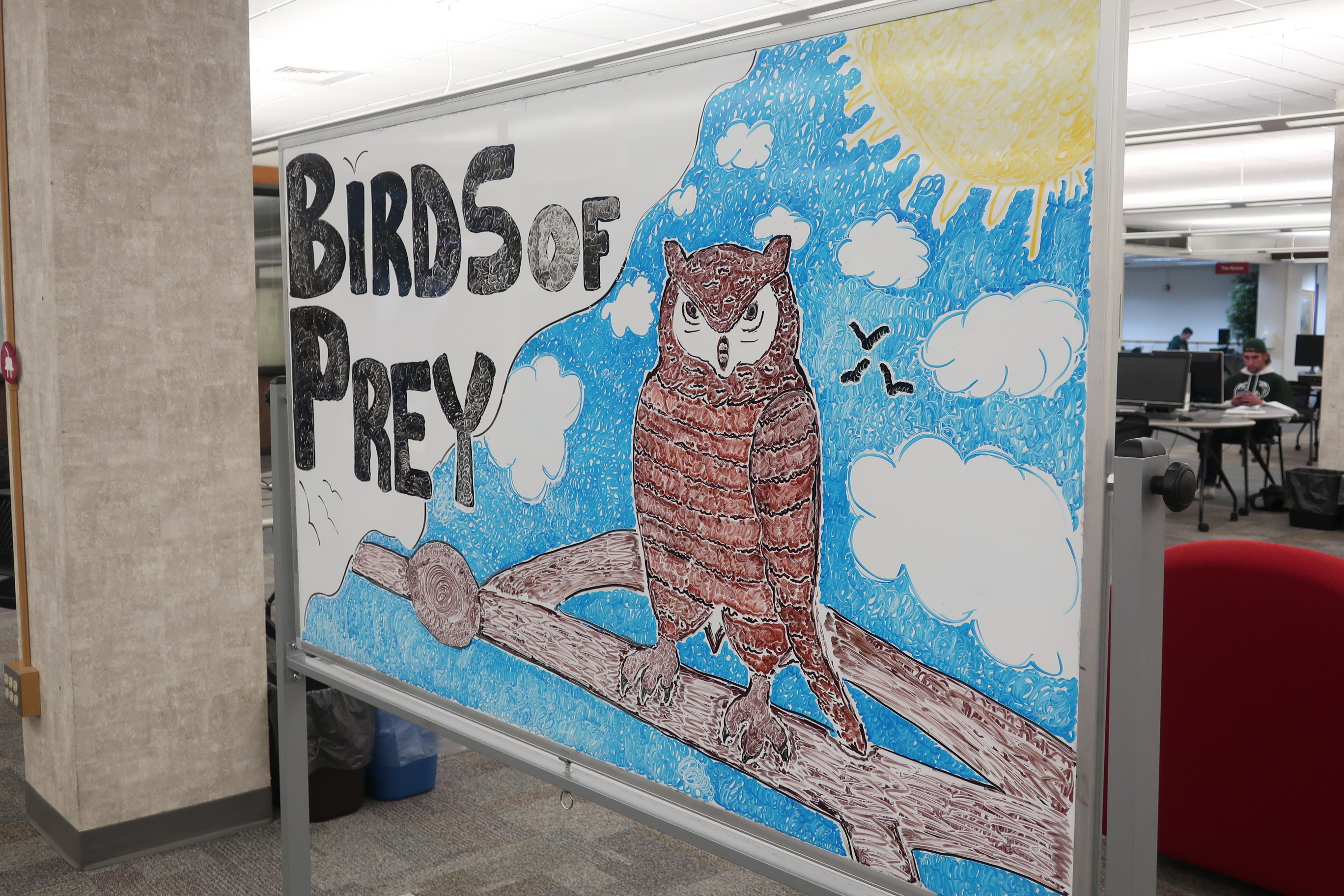
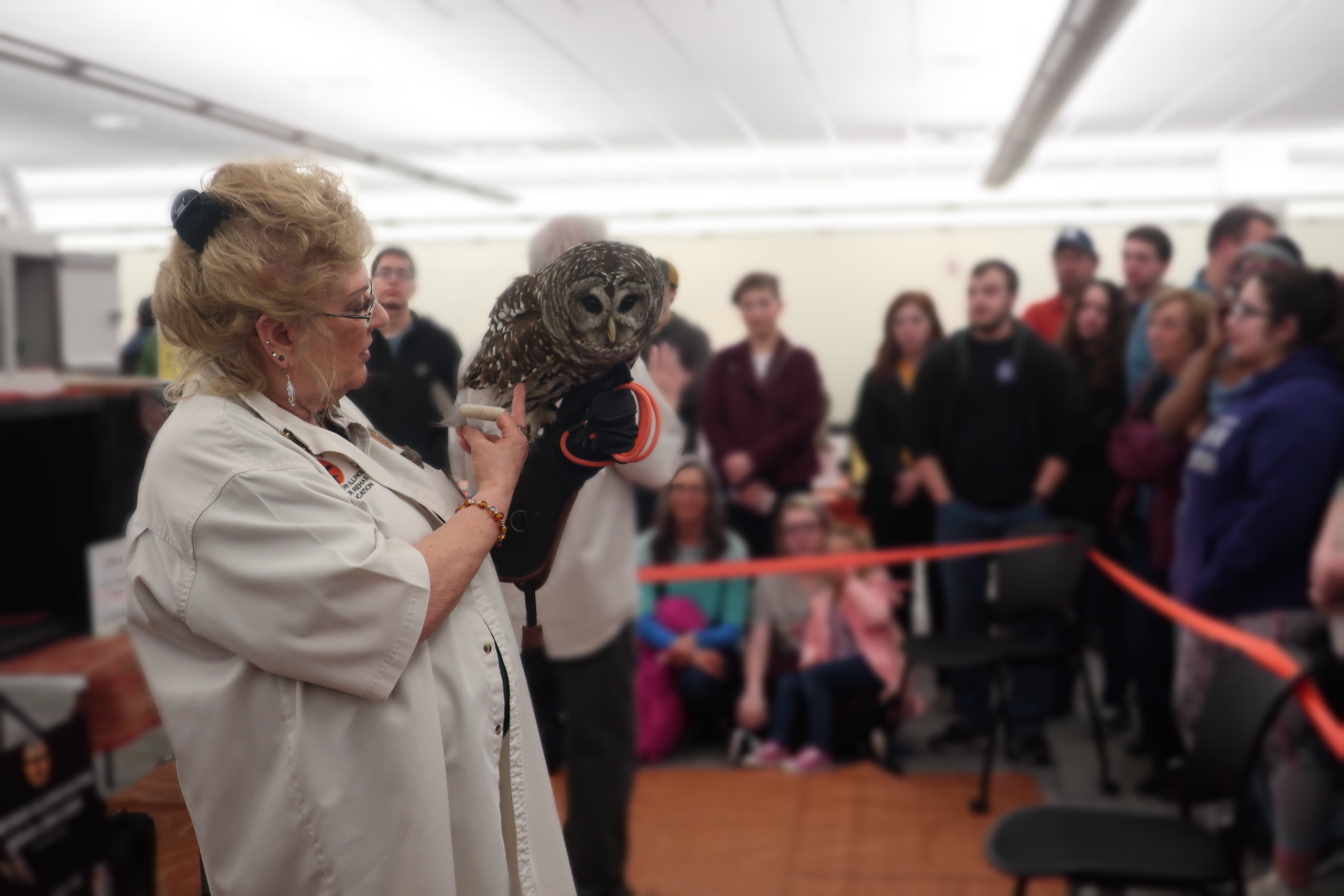
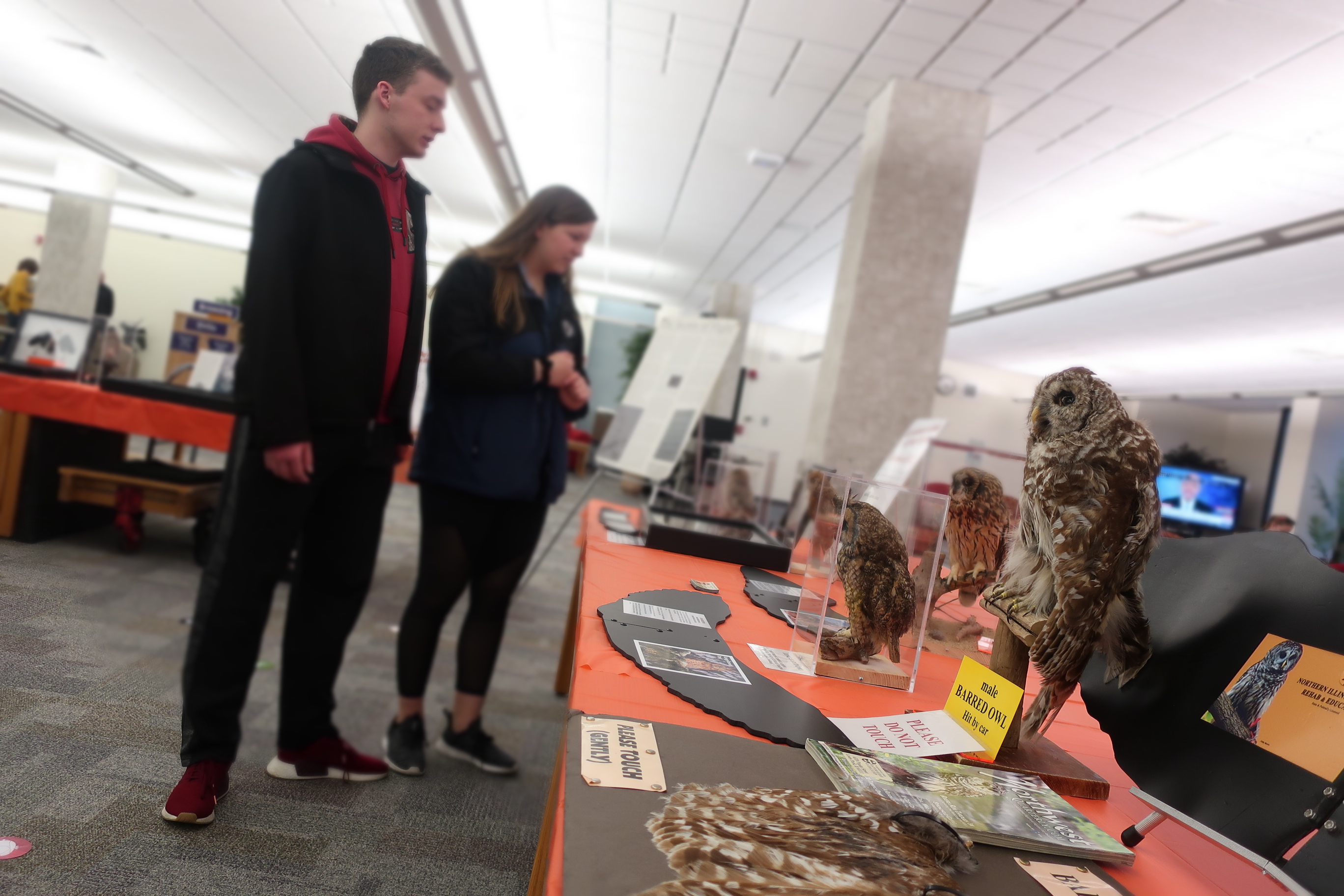

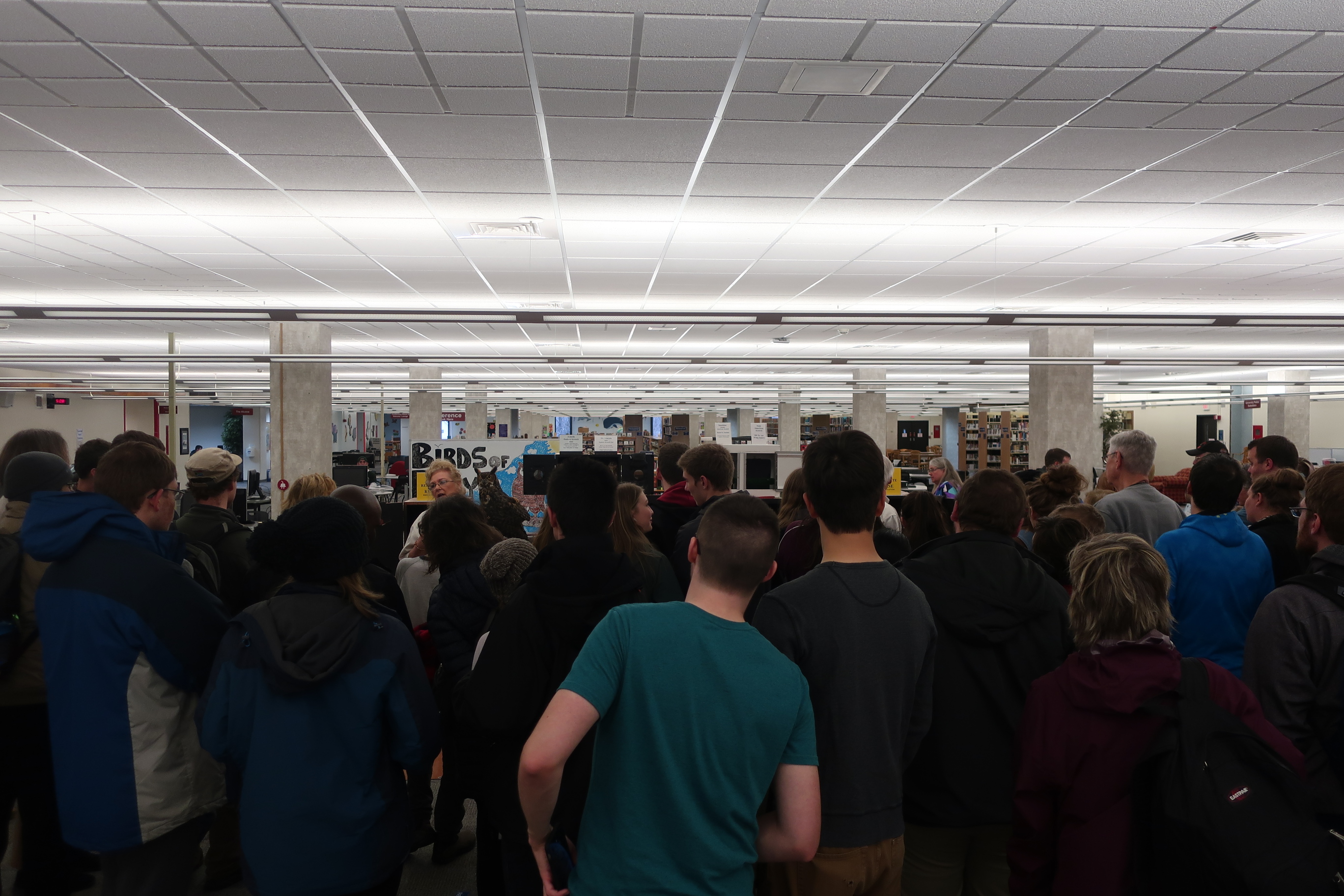
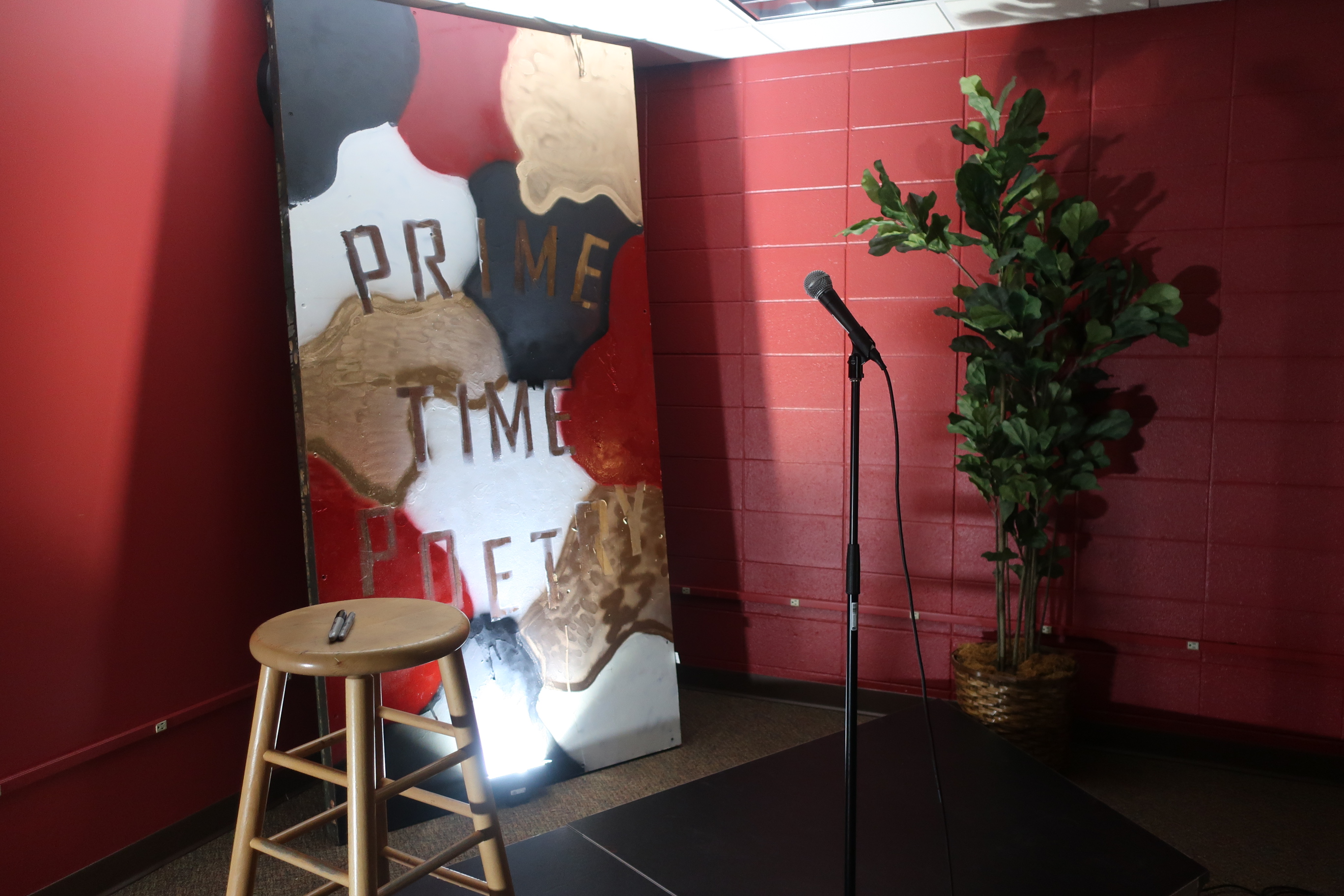
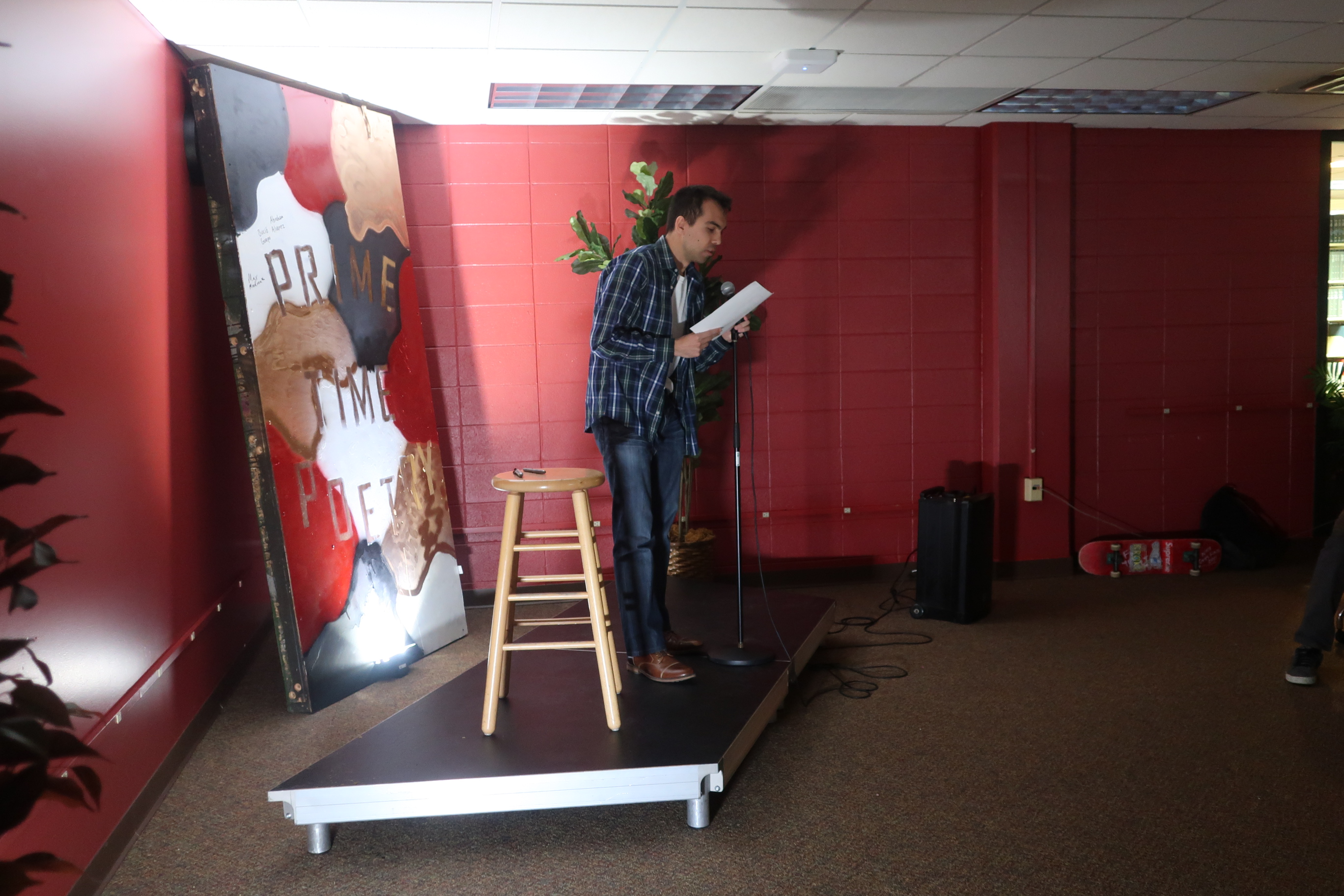
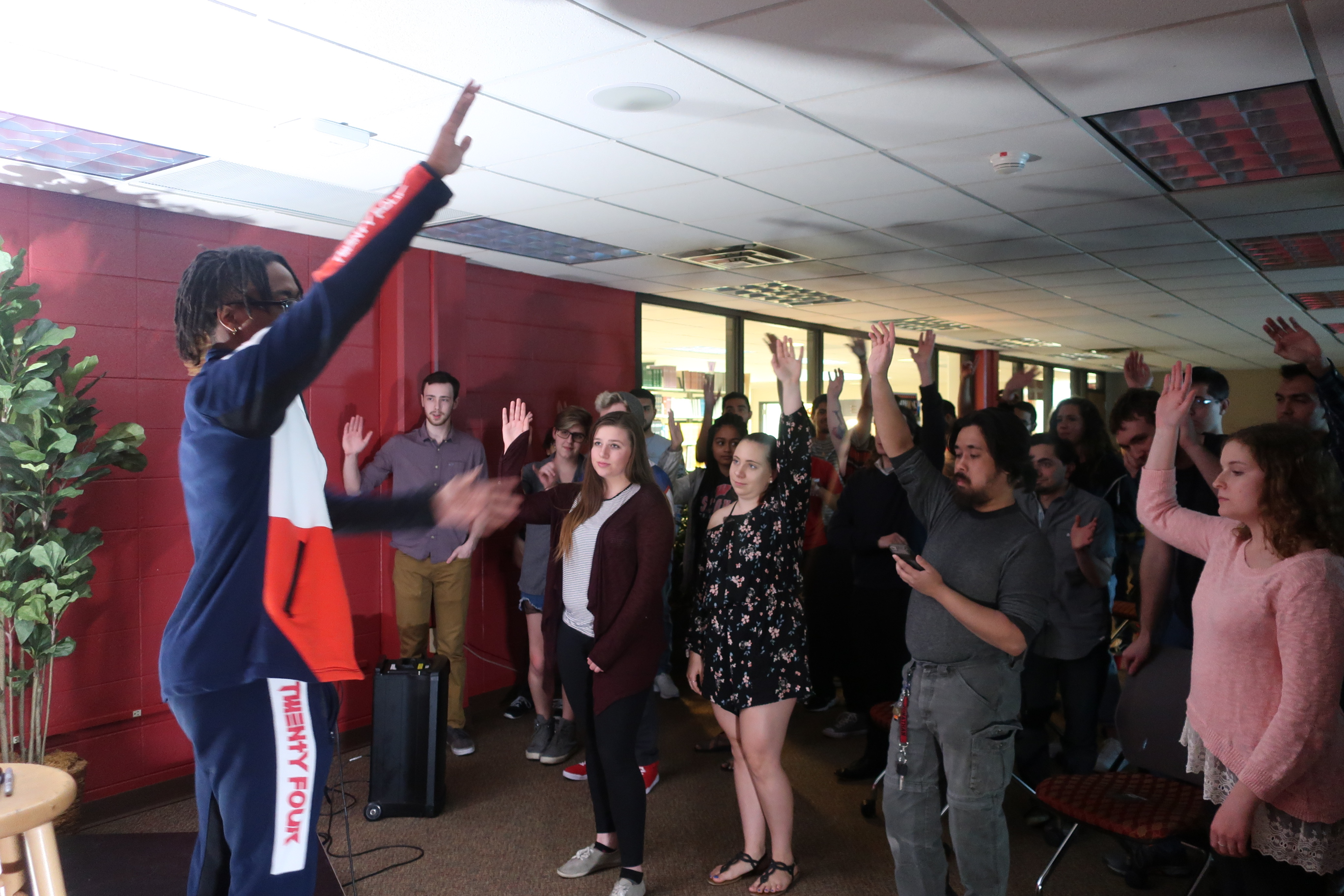
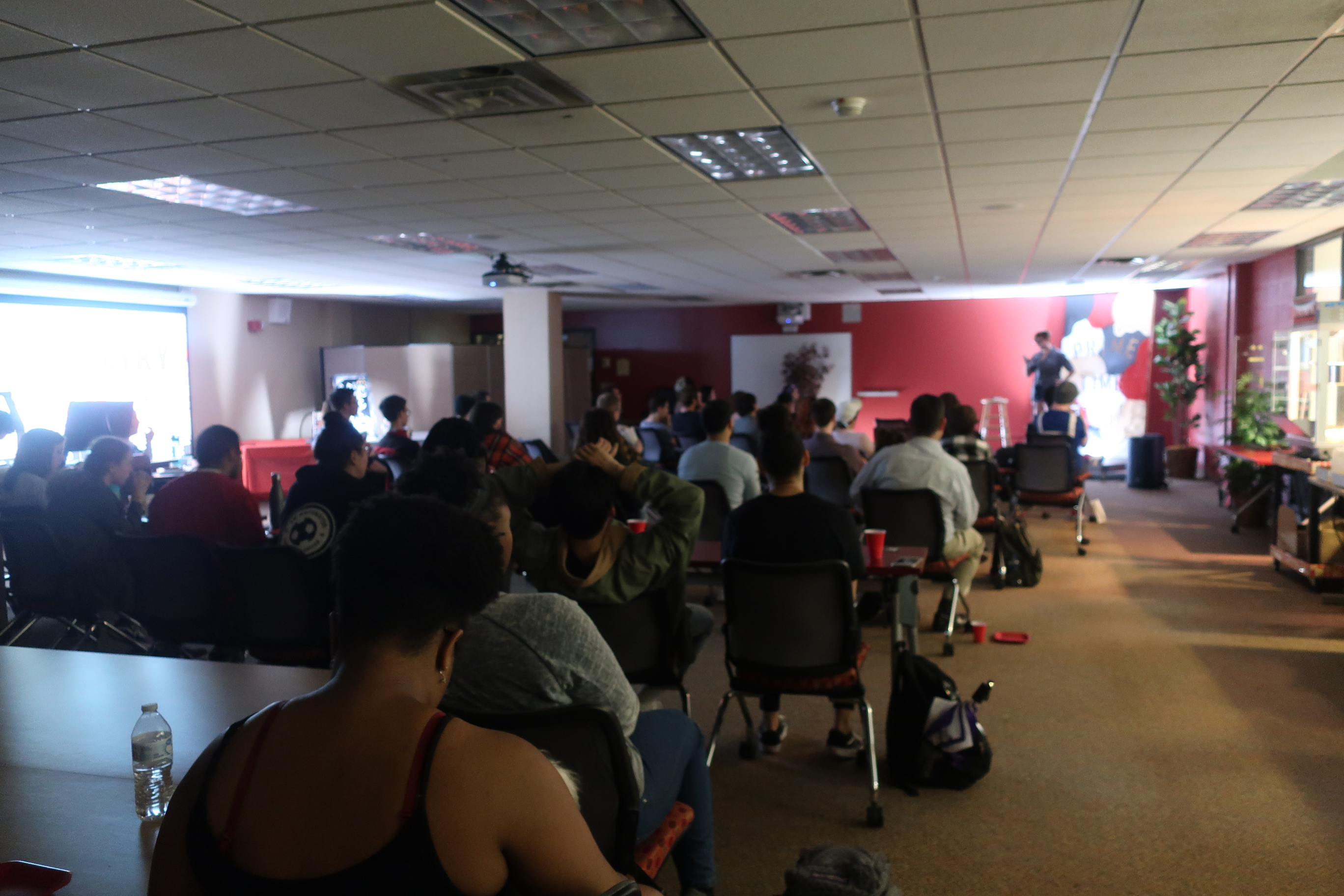
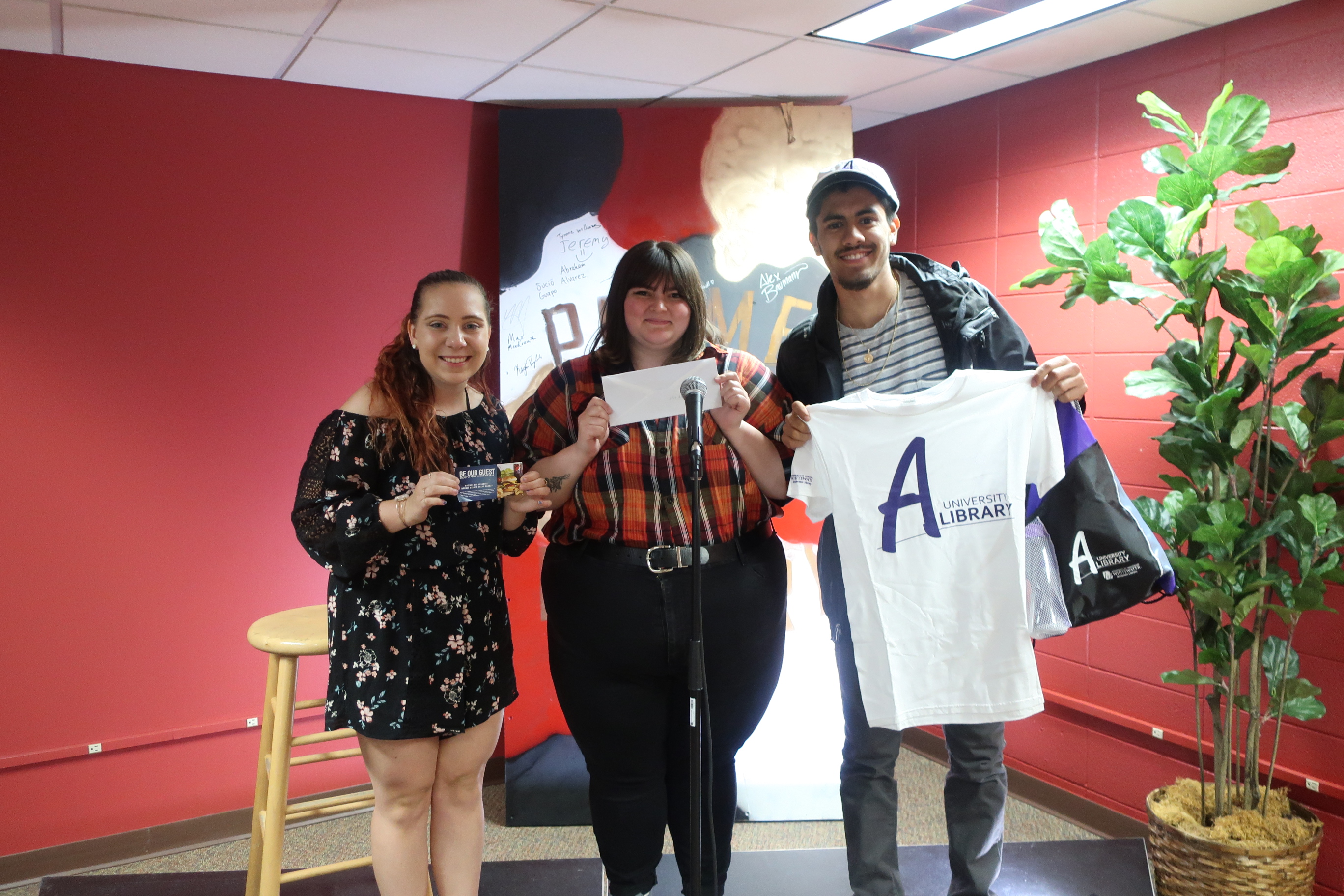
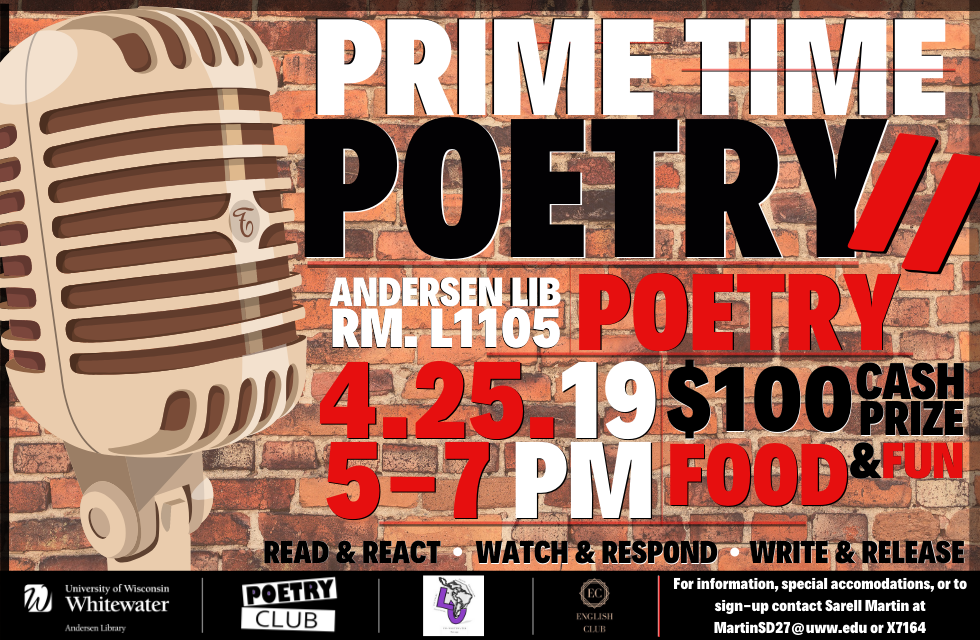
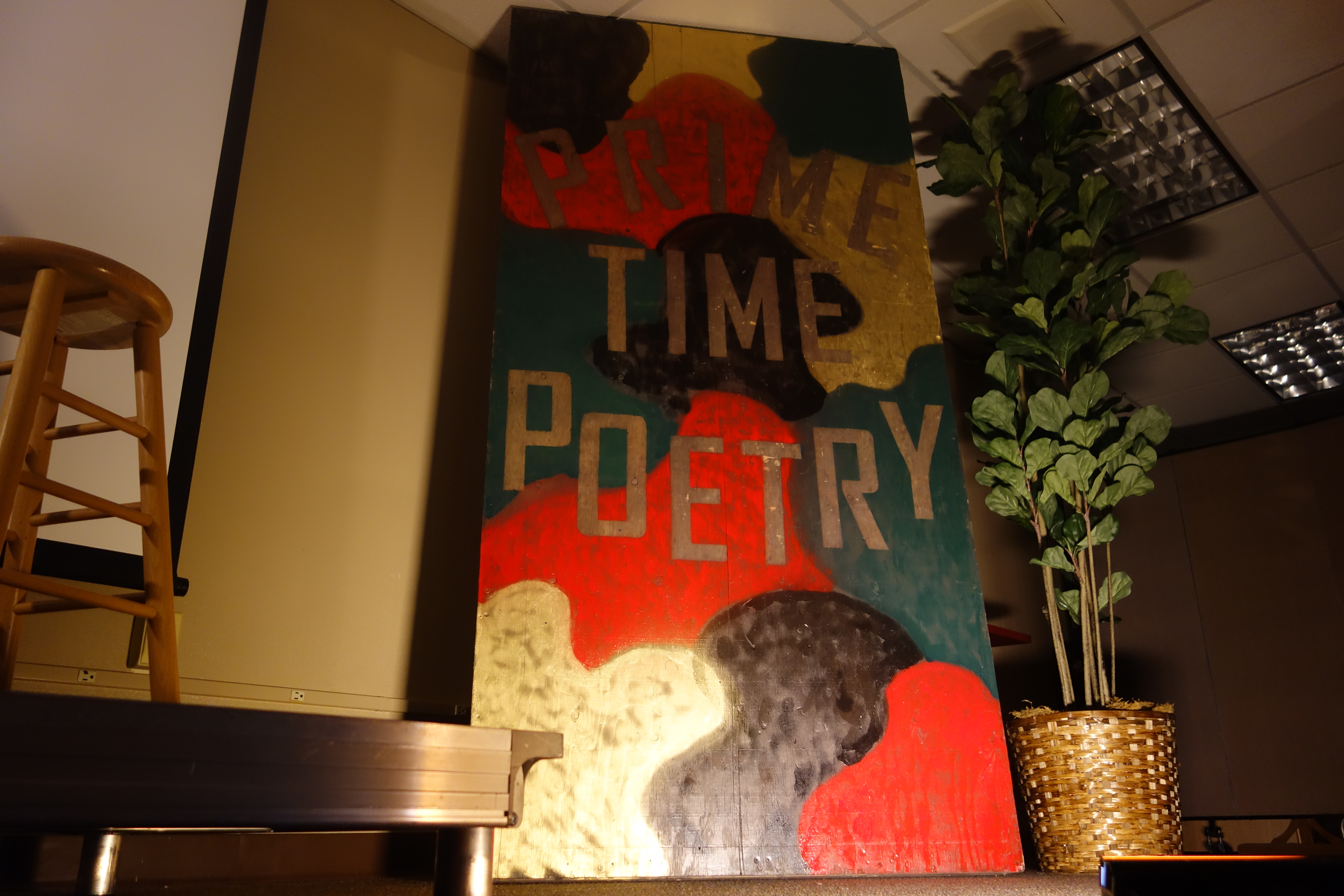
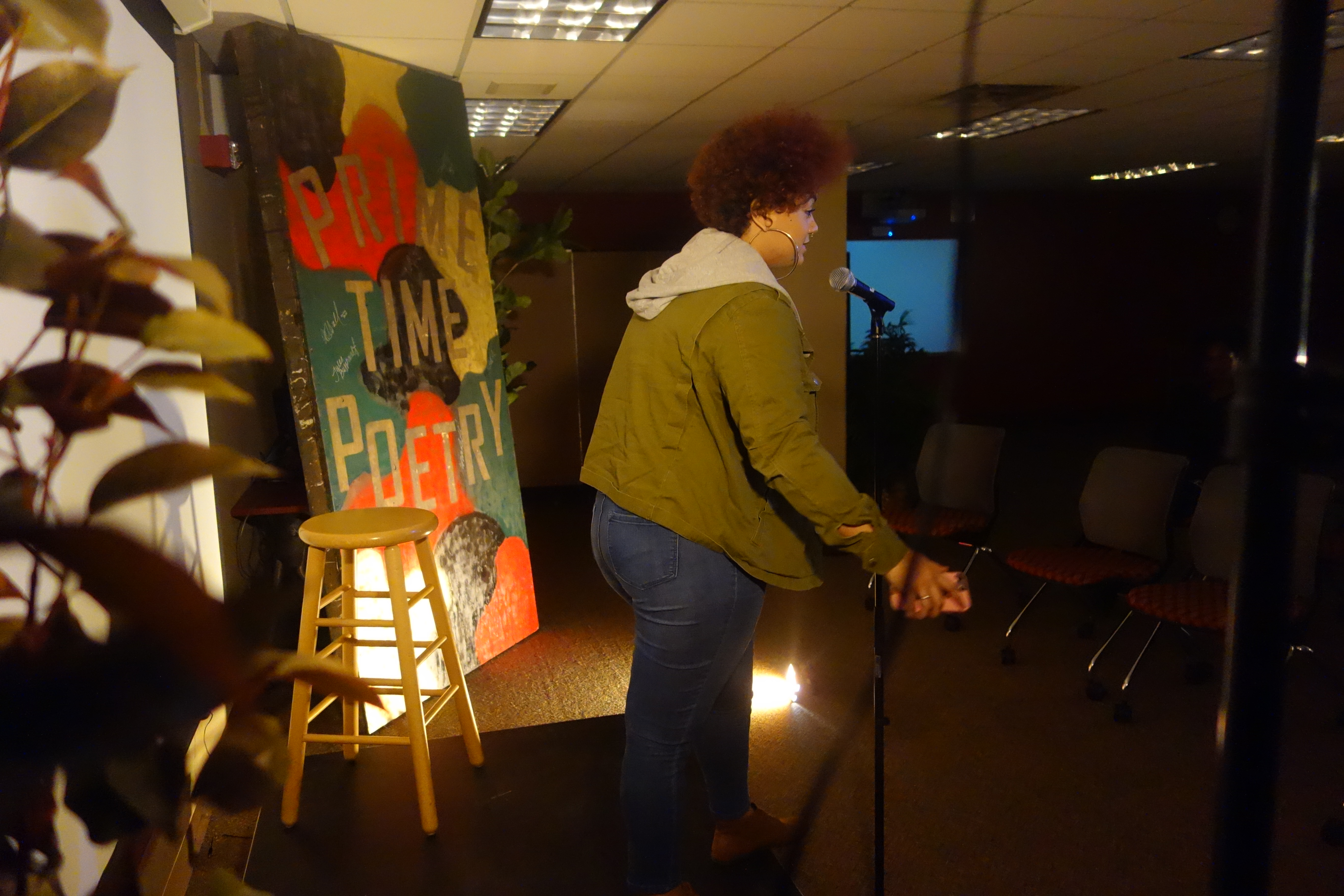
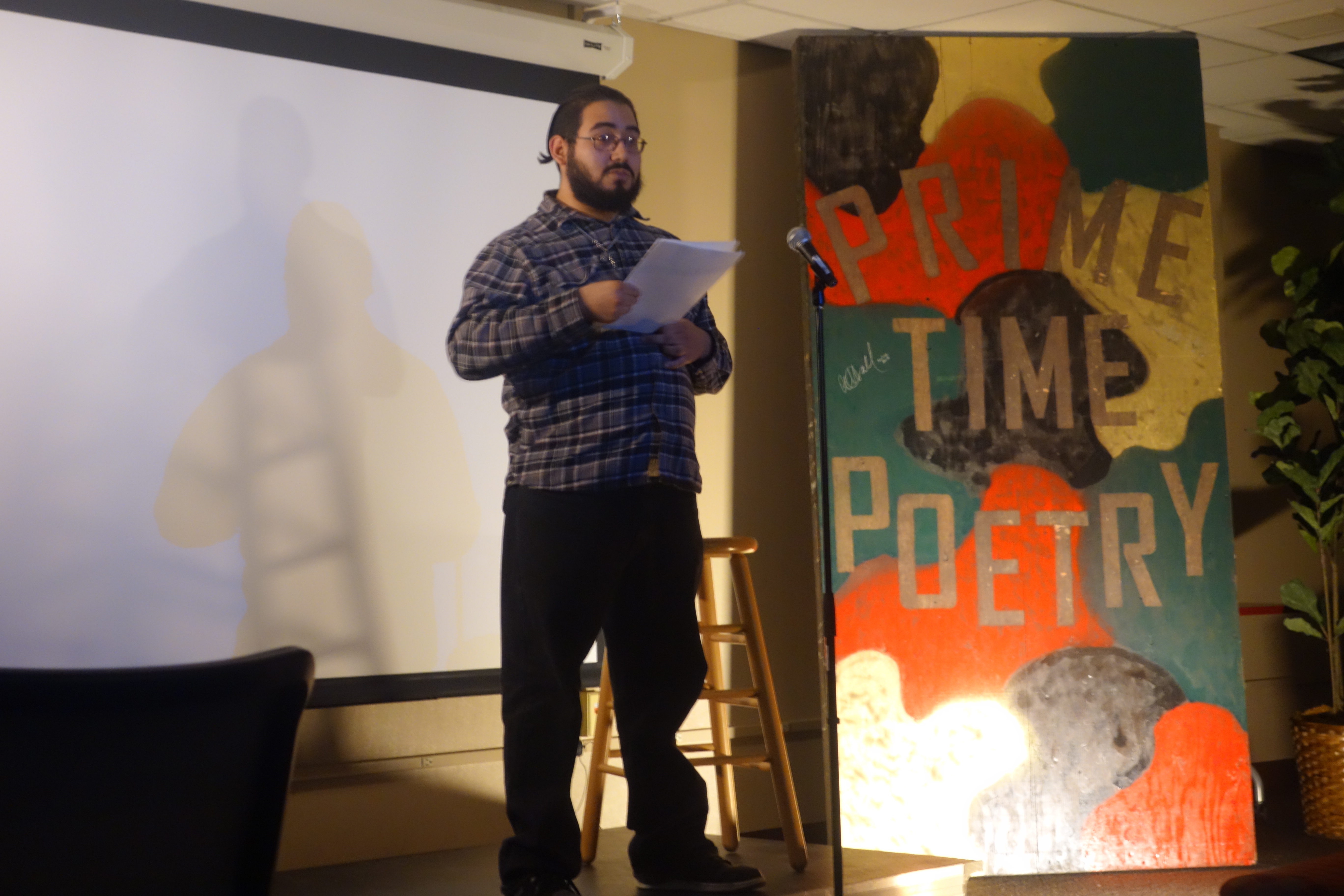
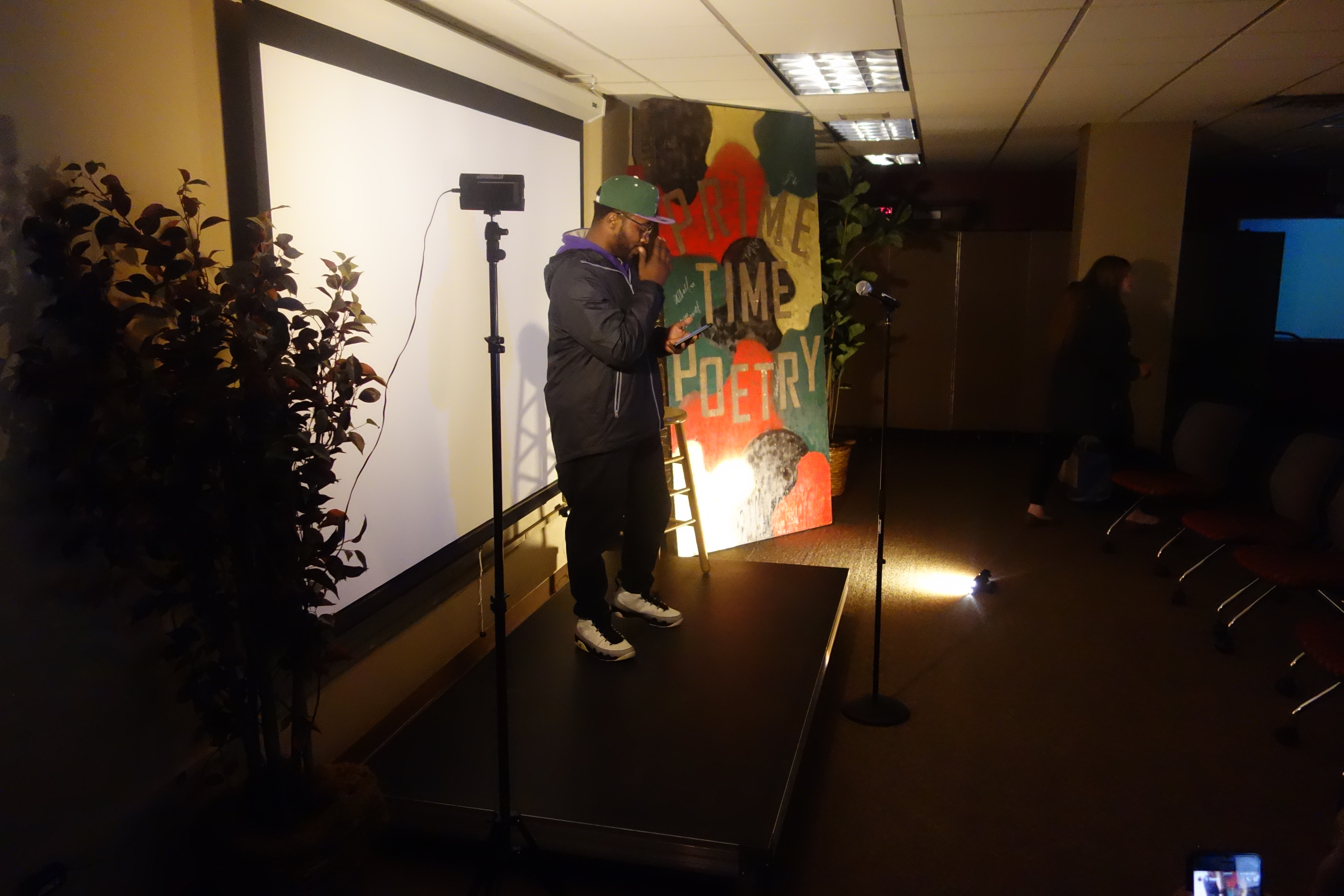
.JPG)
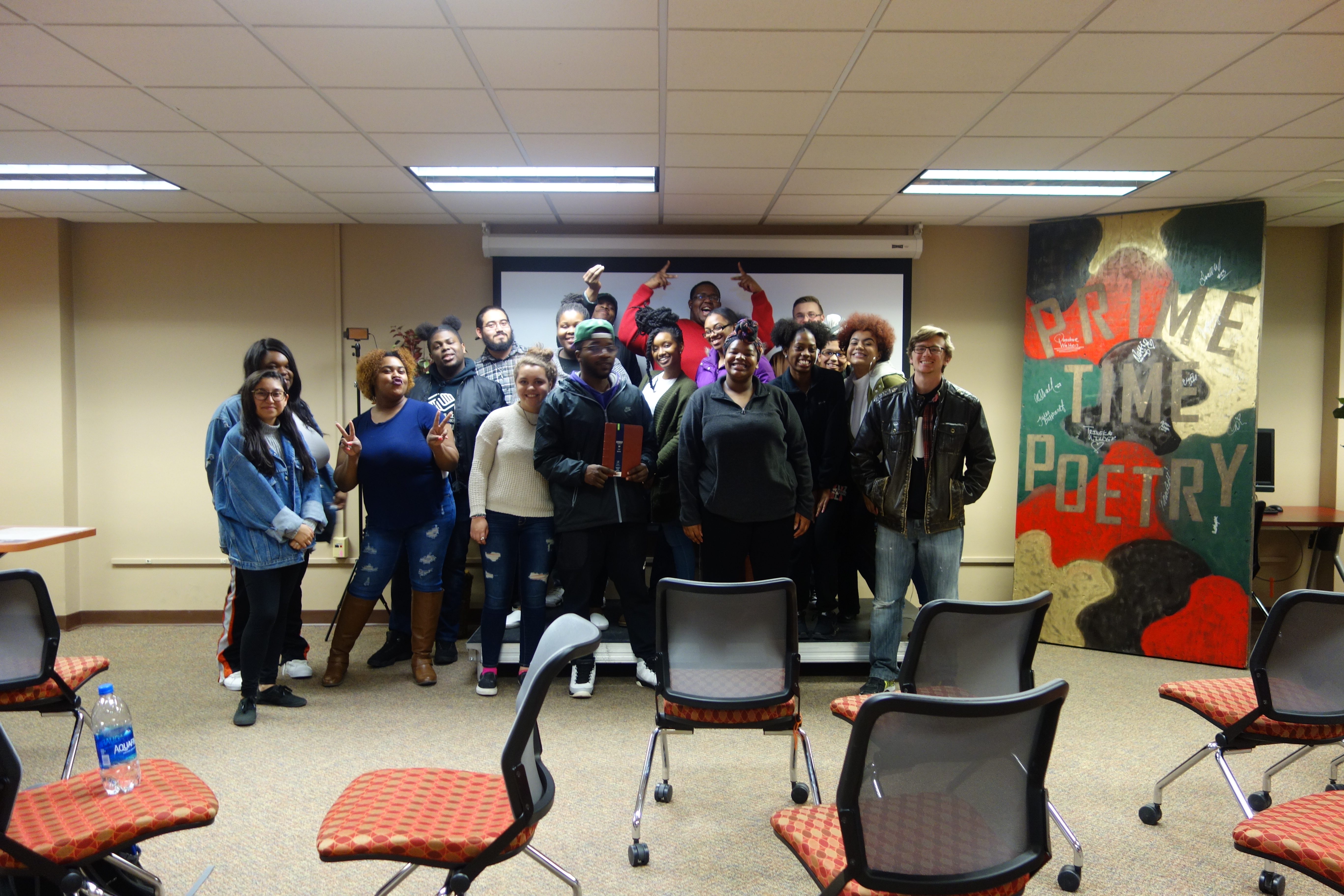


 Andersen Library may have resources if you’d like to learn more, such as the books
Andersen Library may have resources if you’d like to learn more, such as the books 
